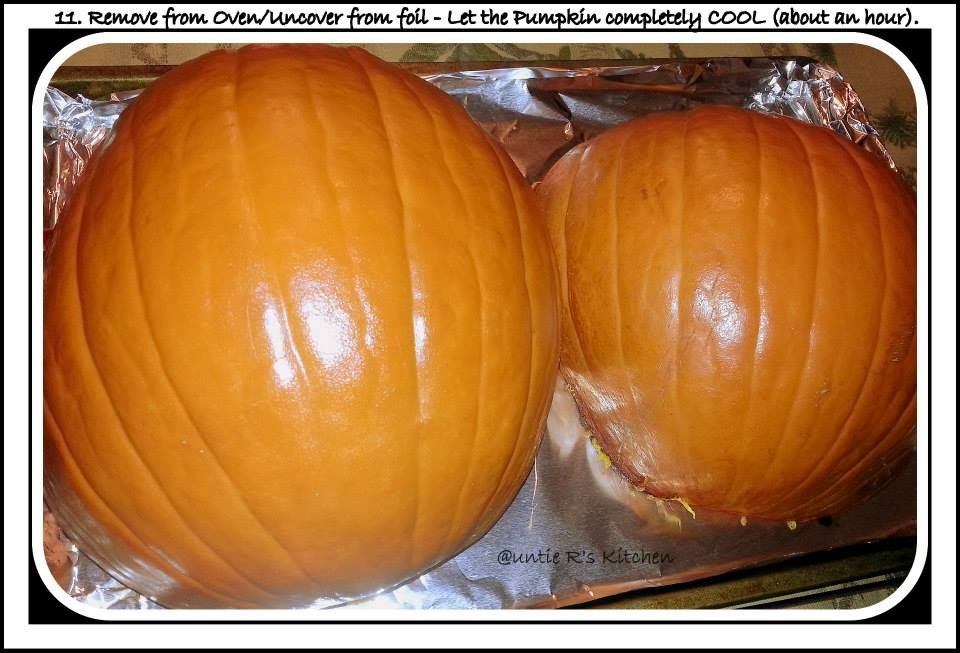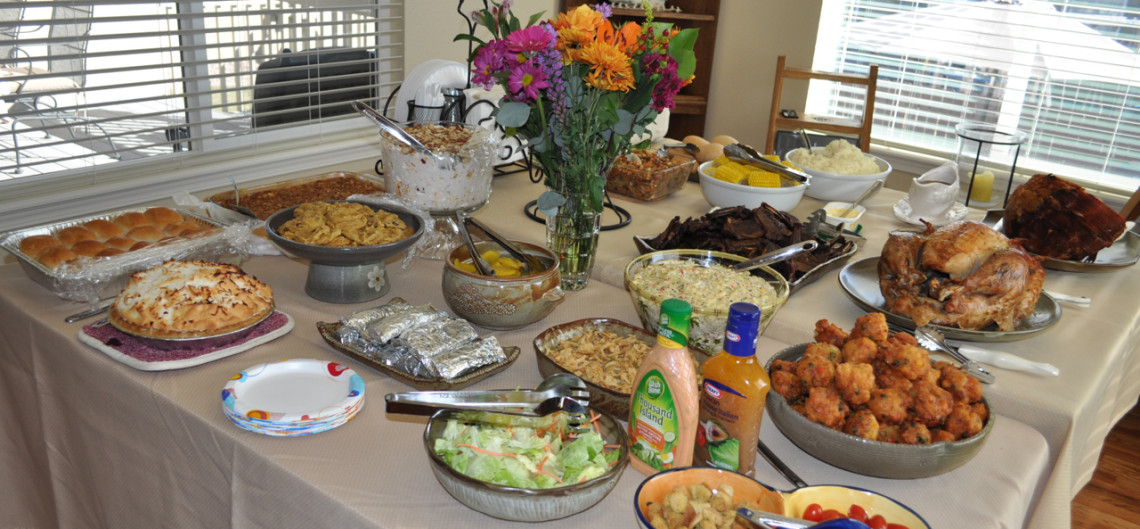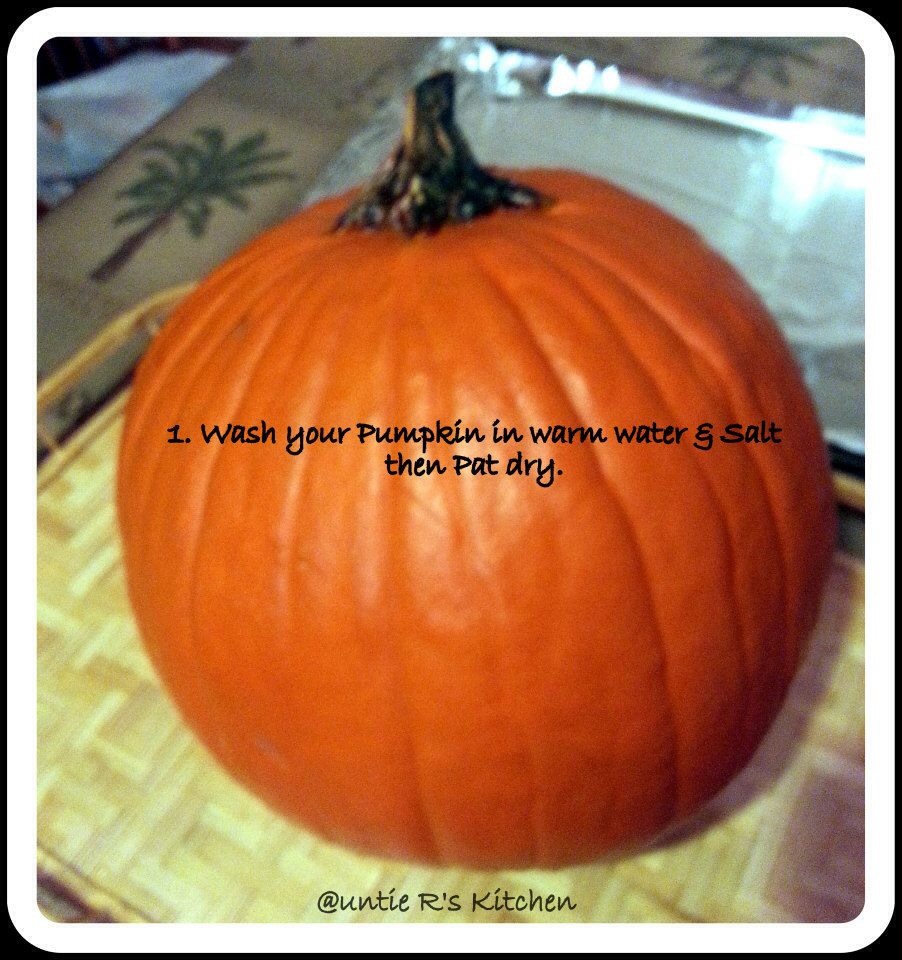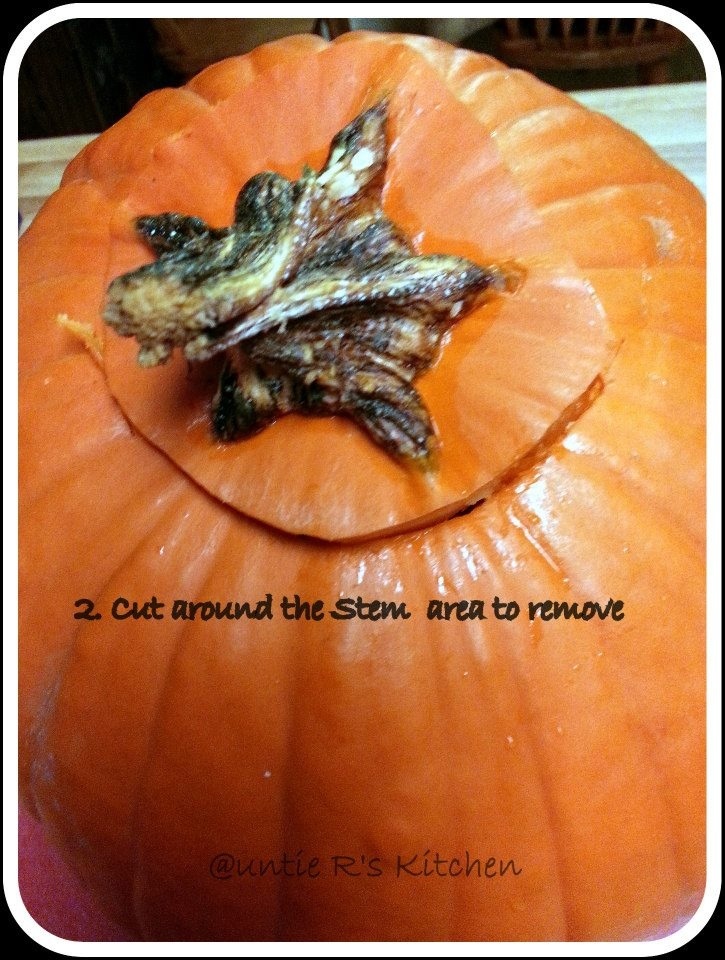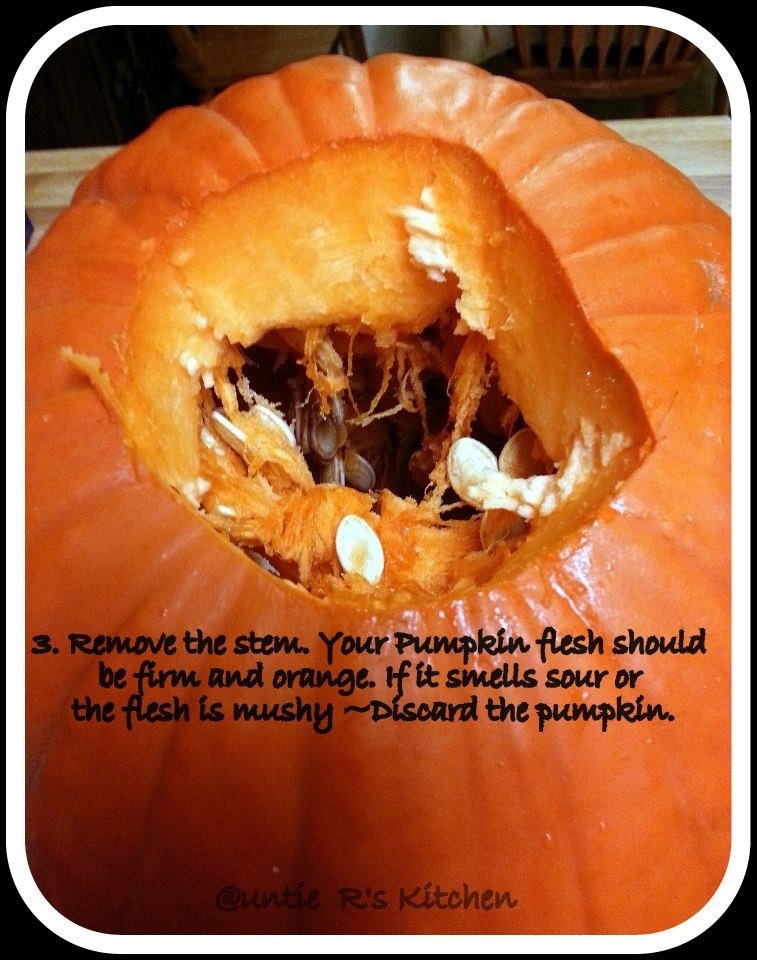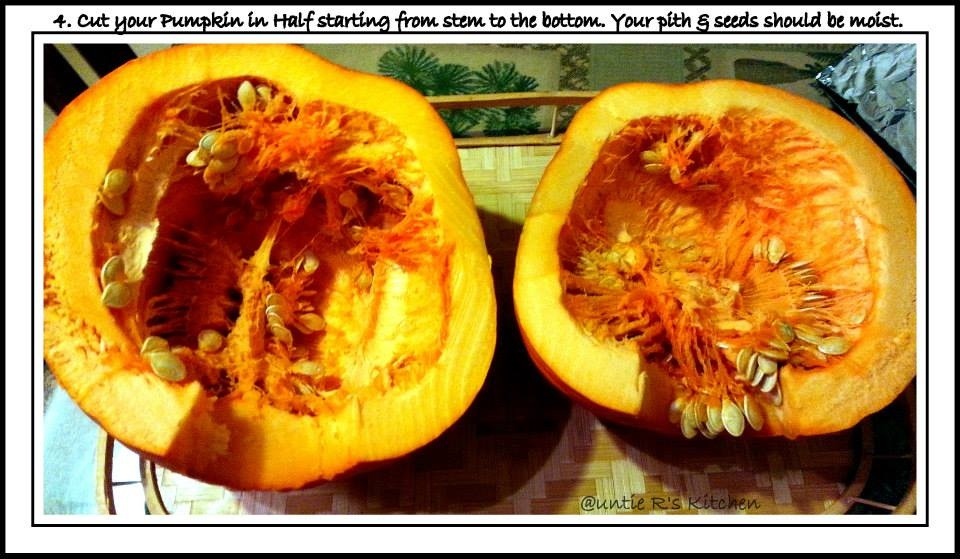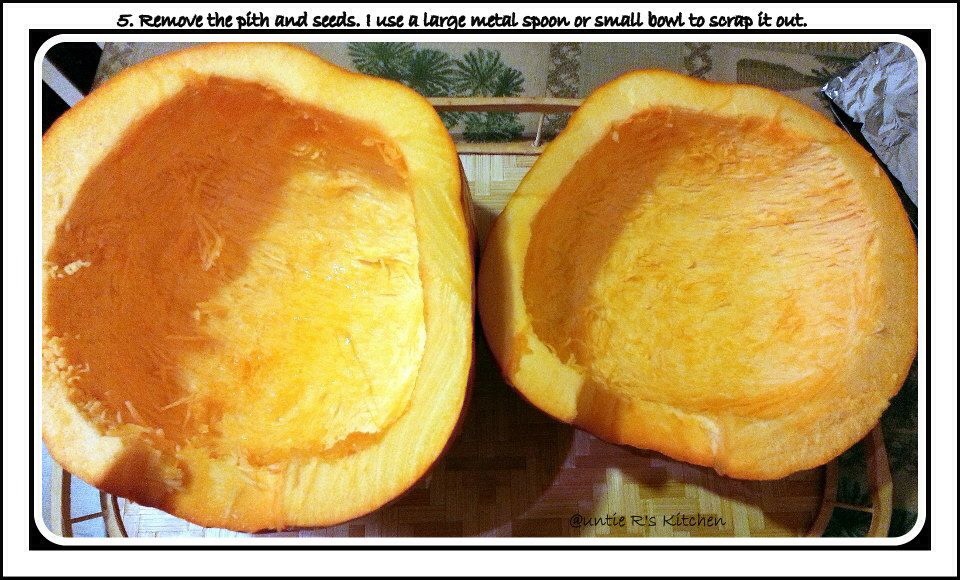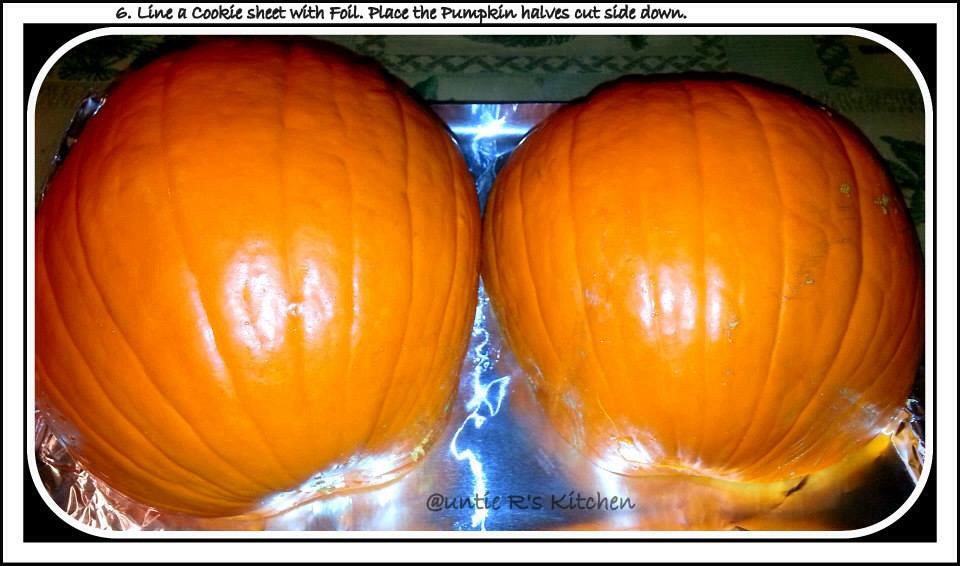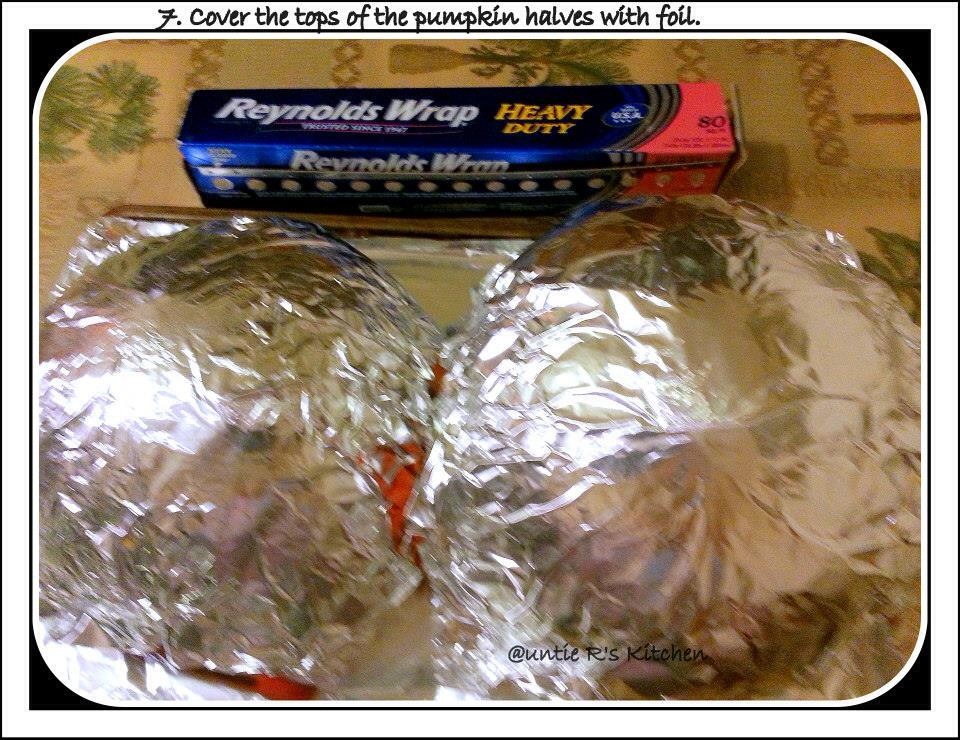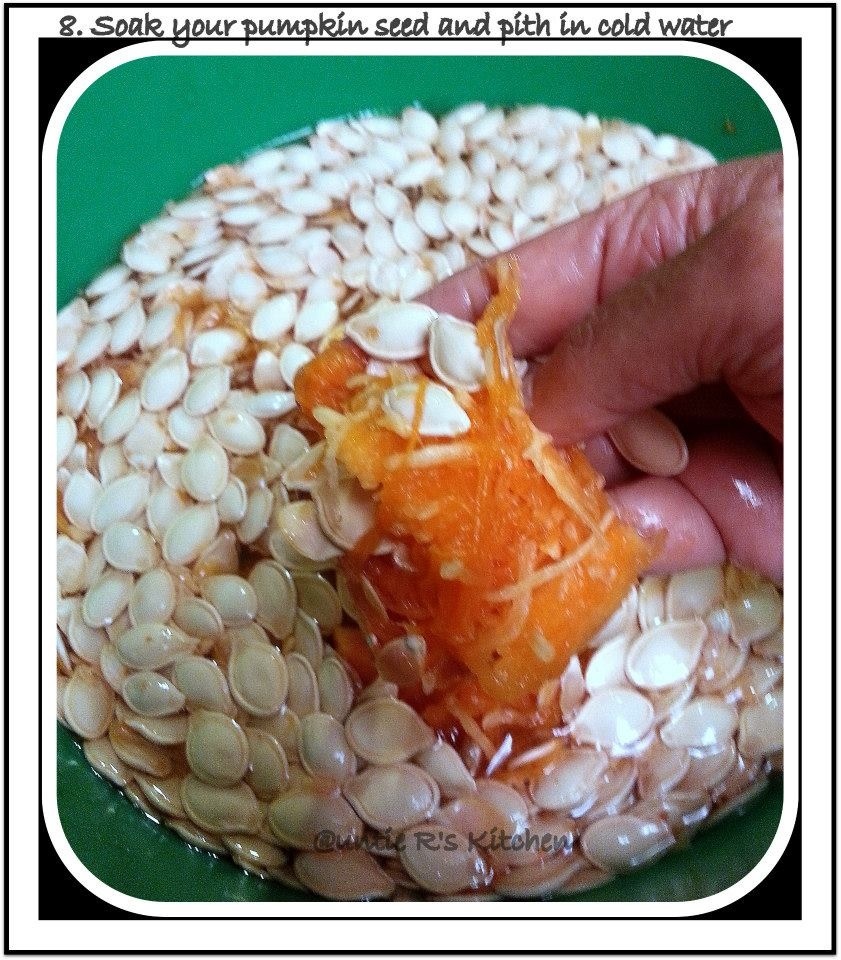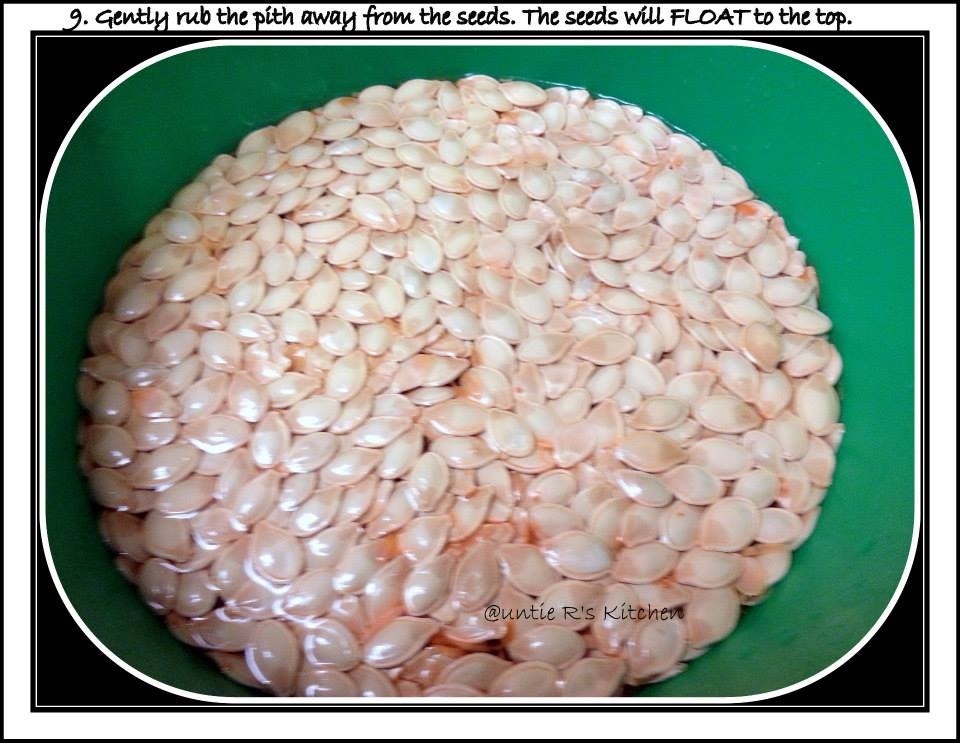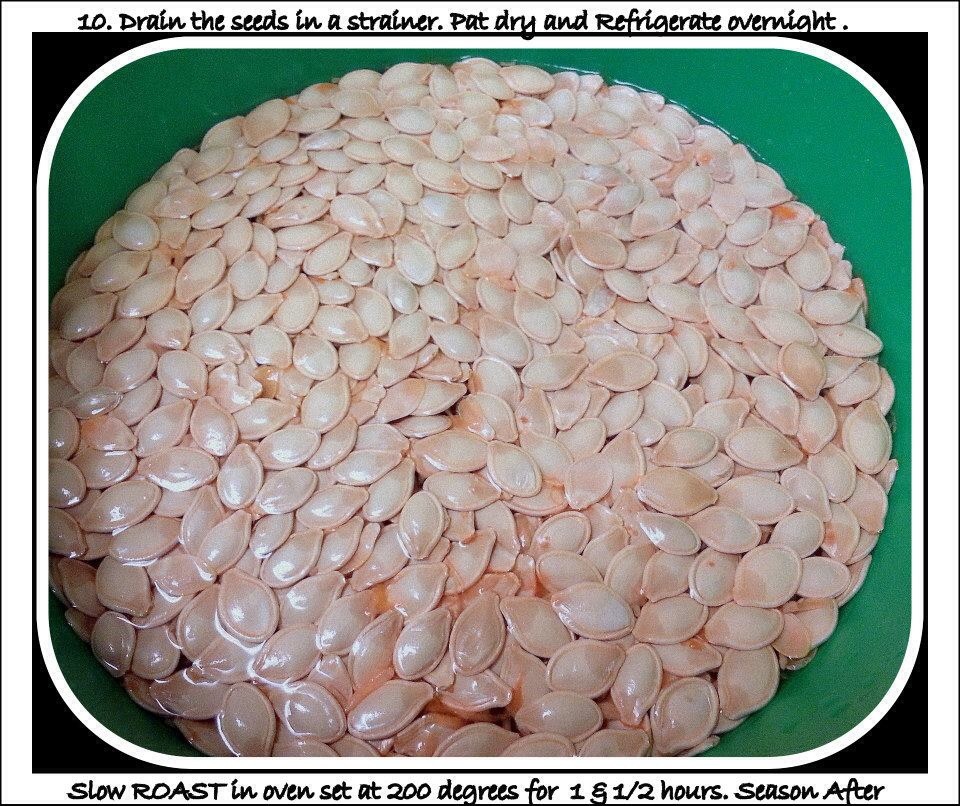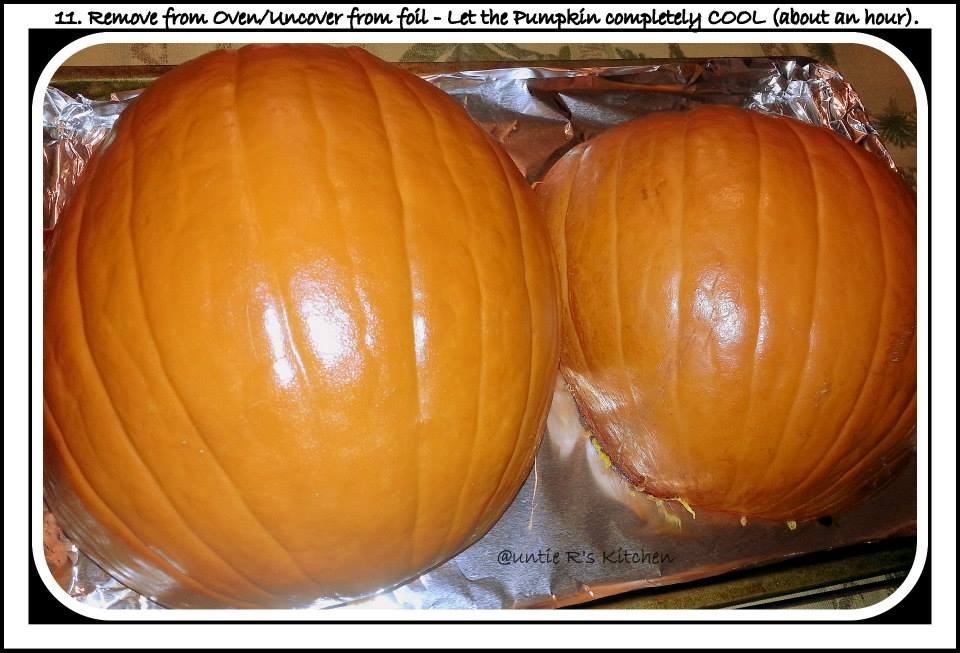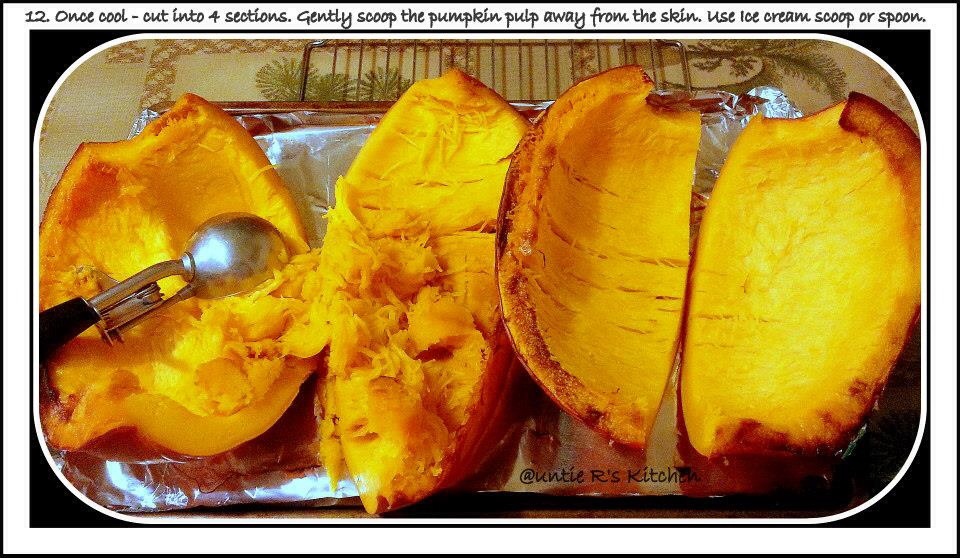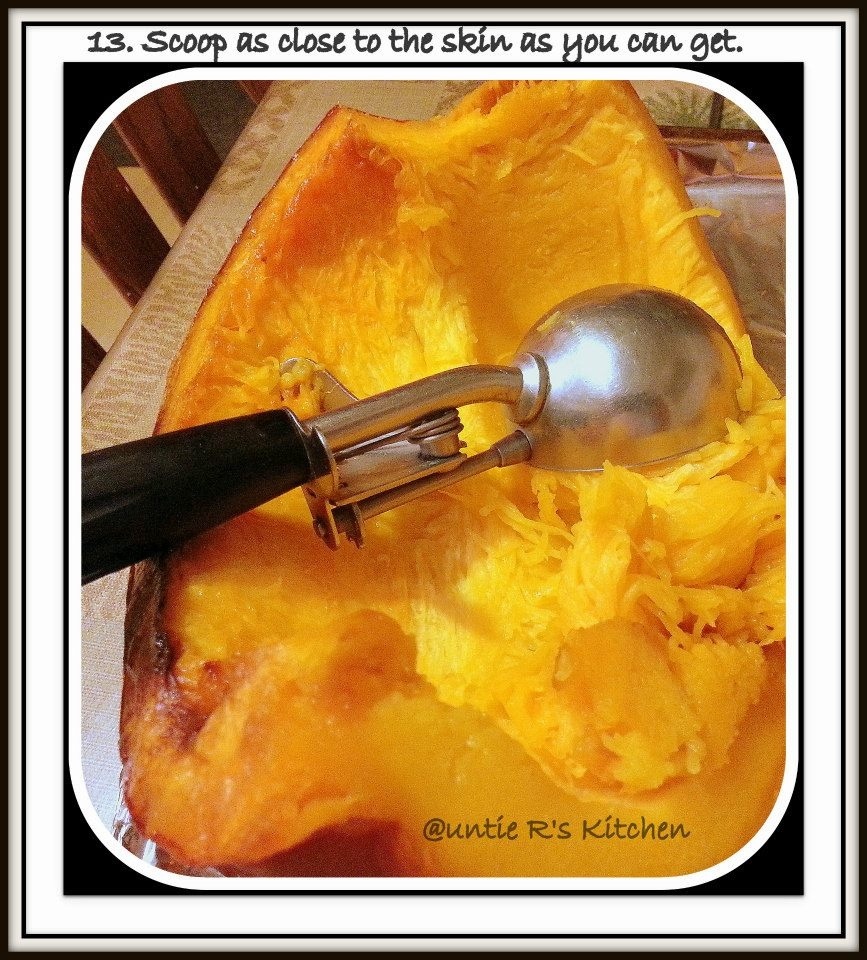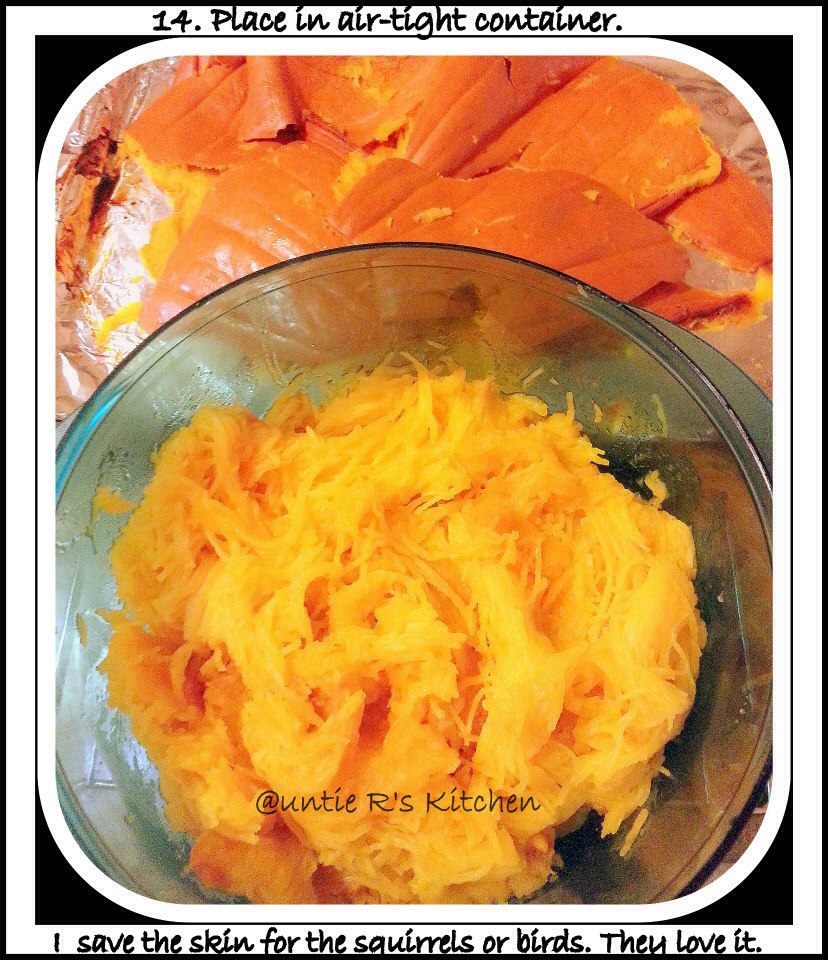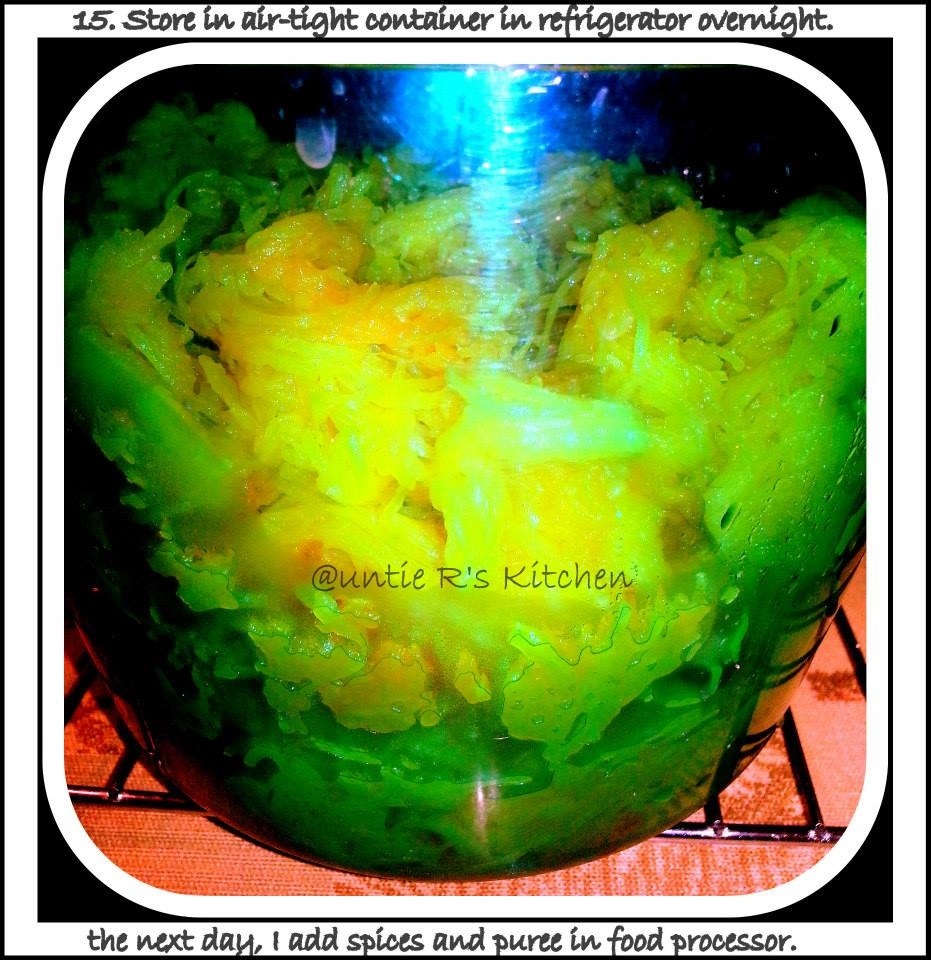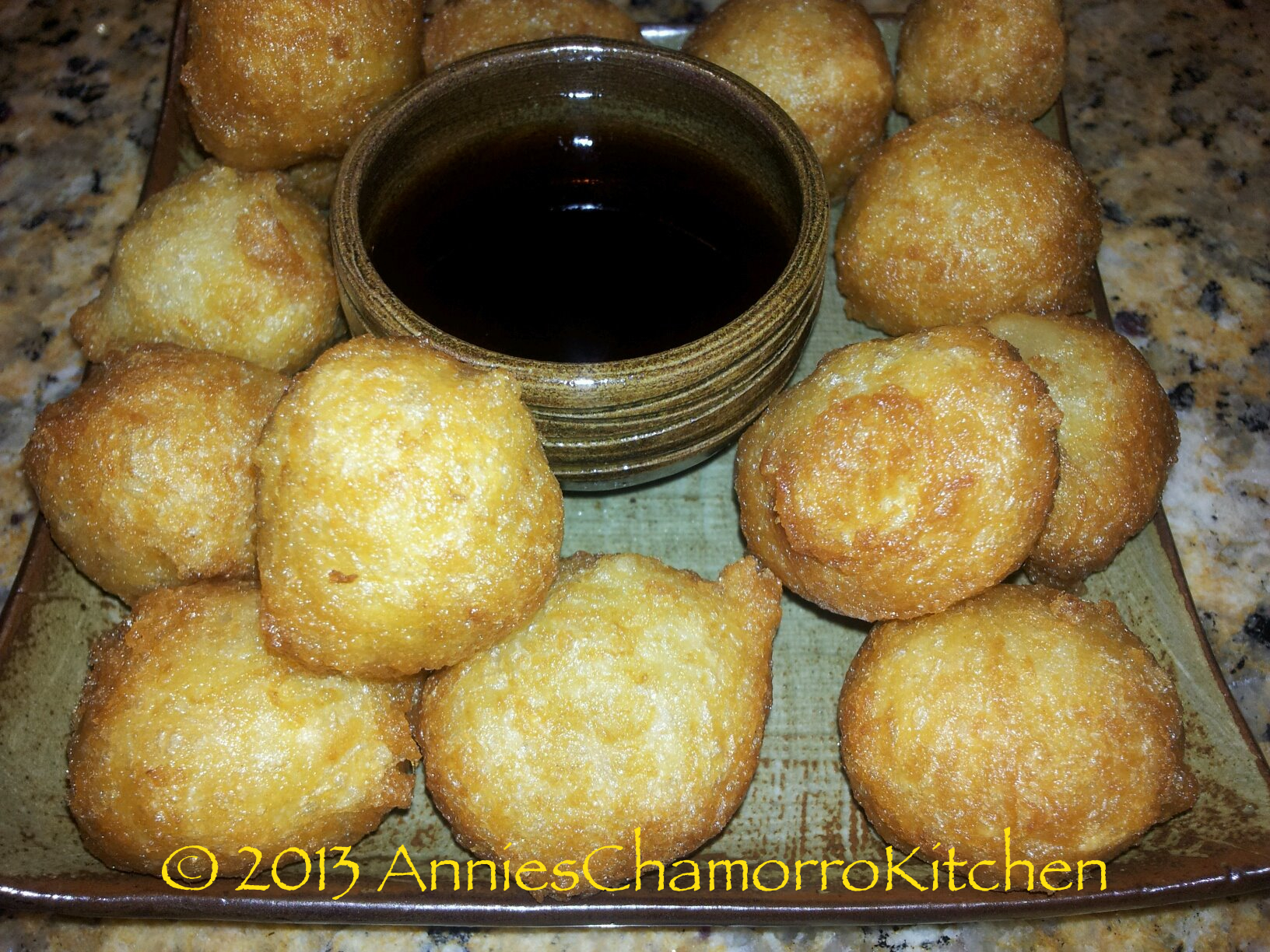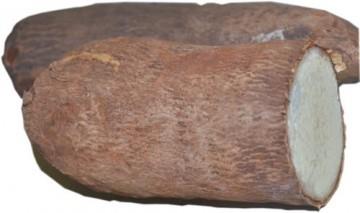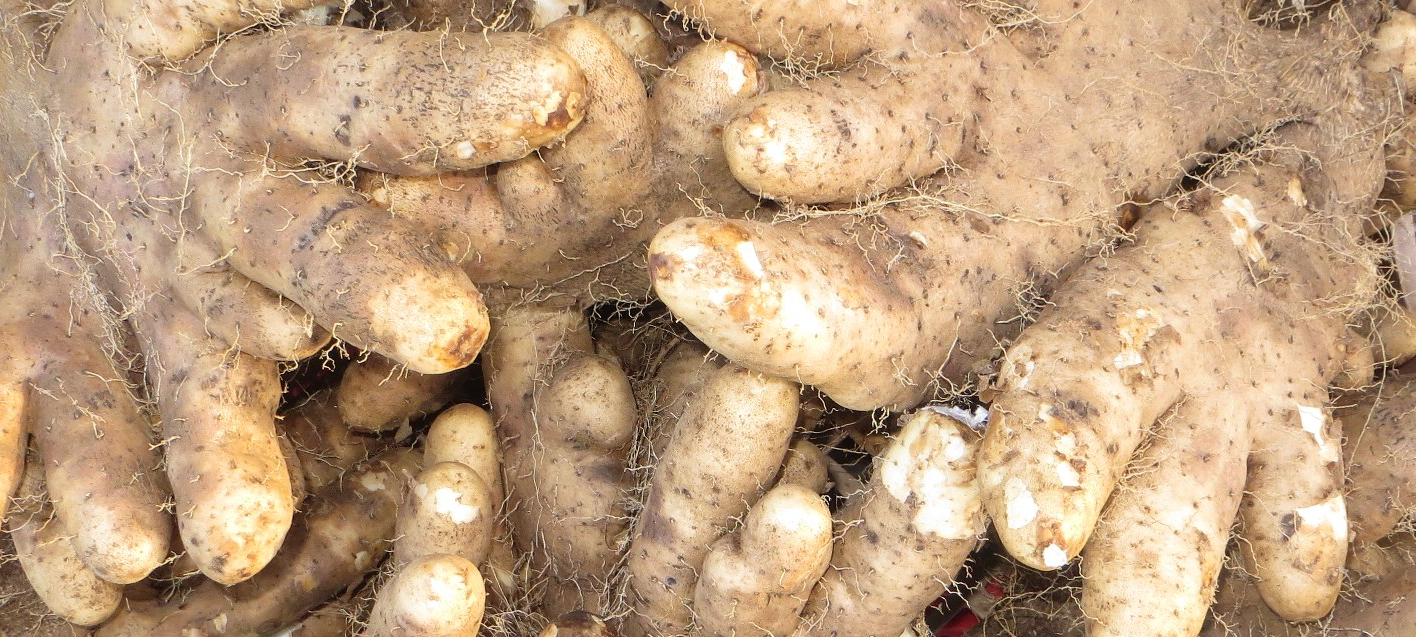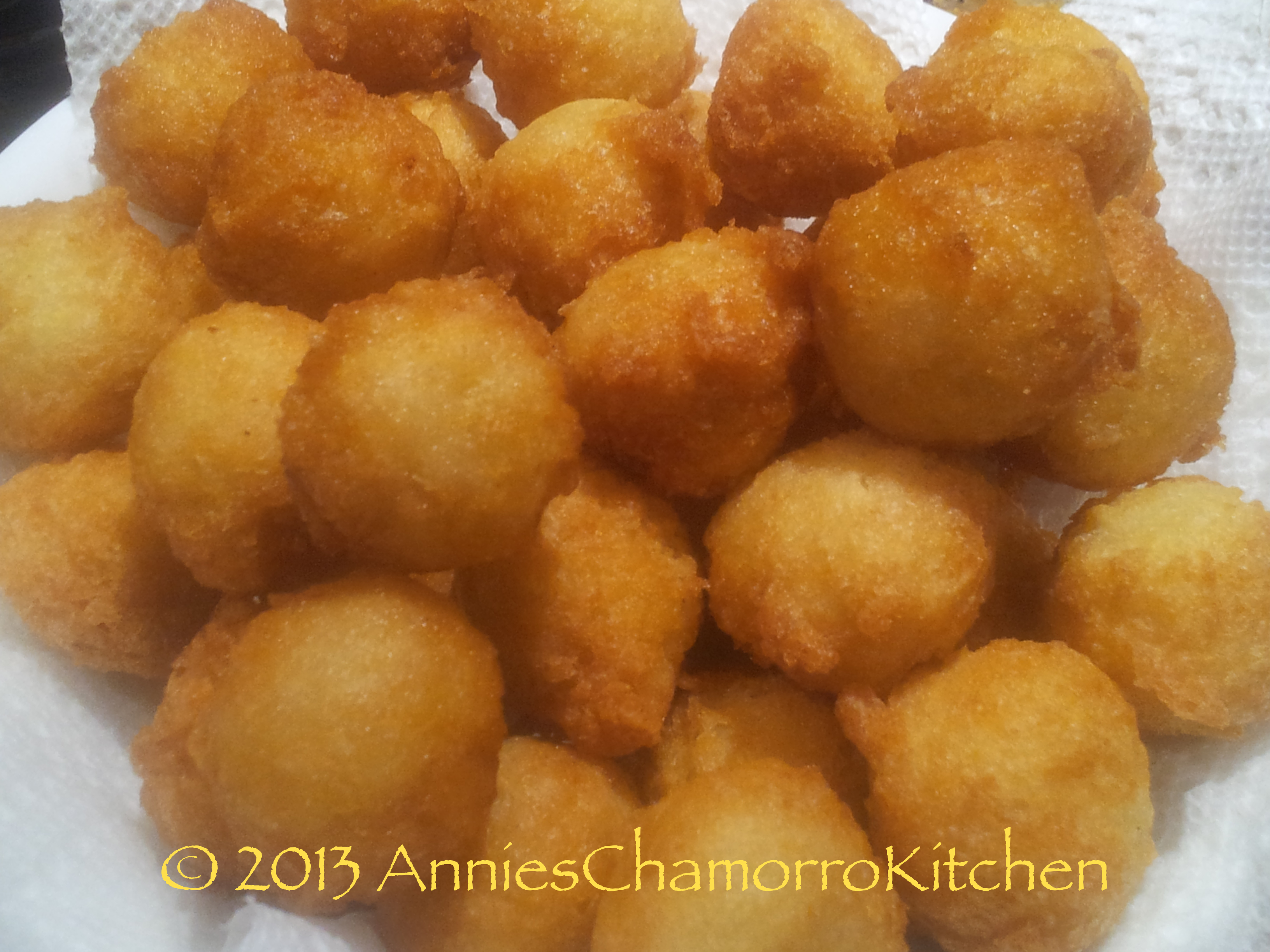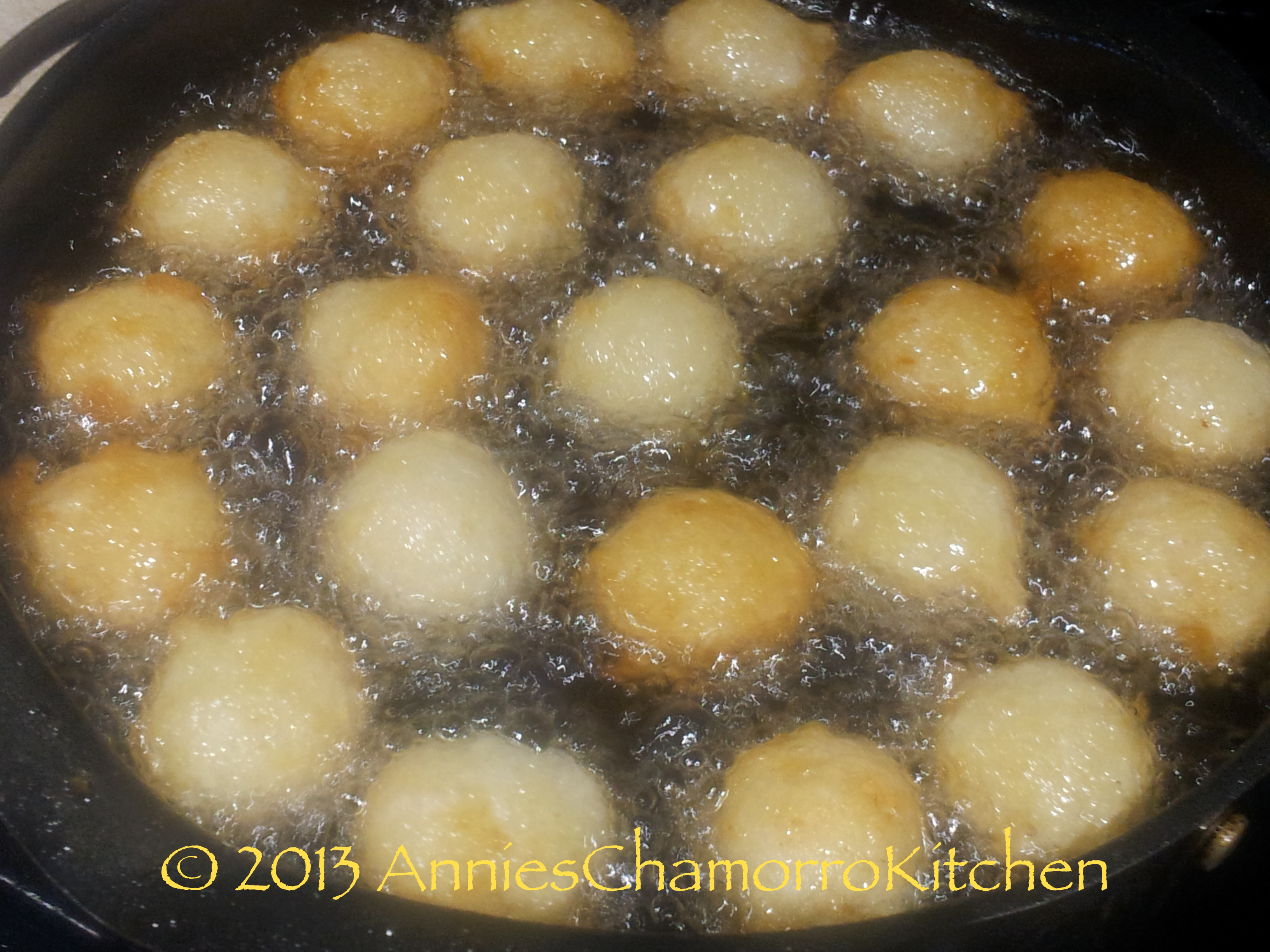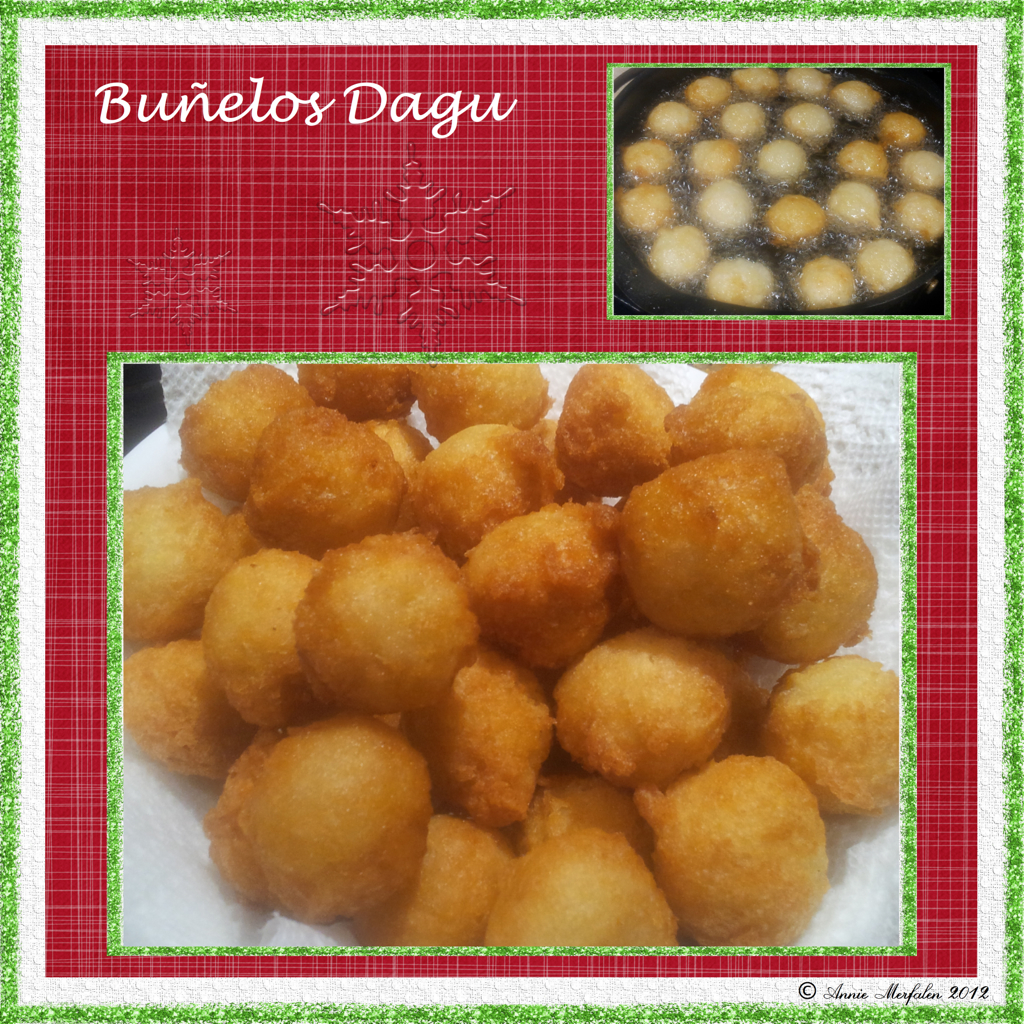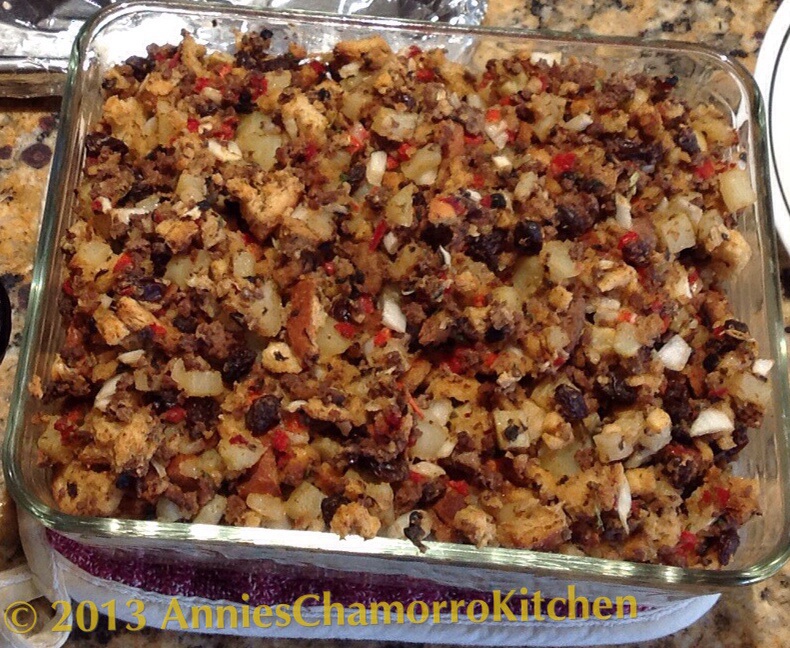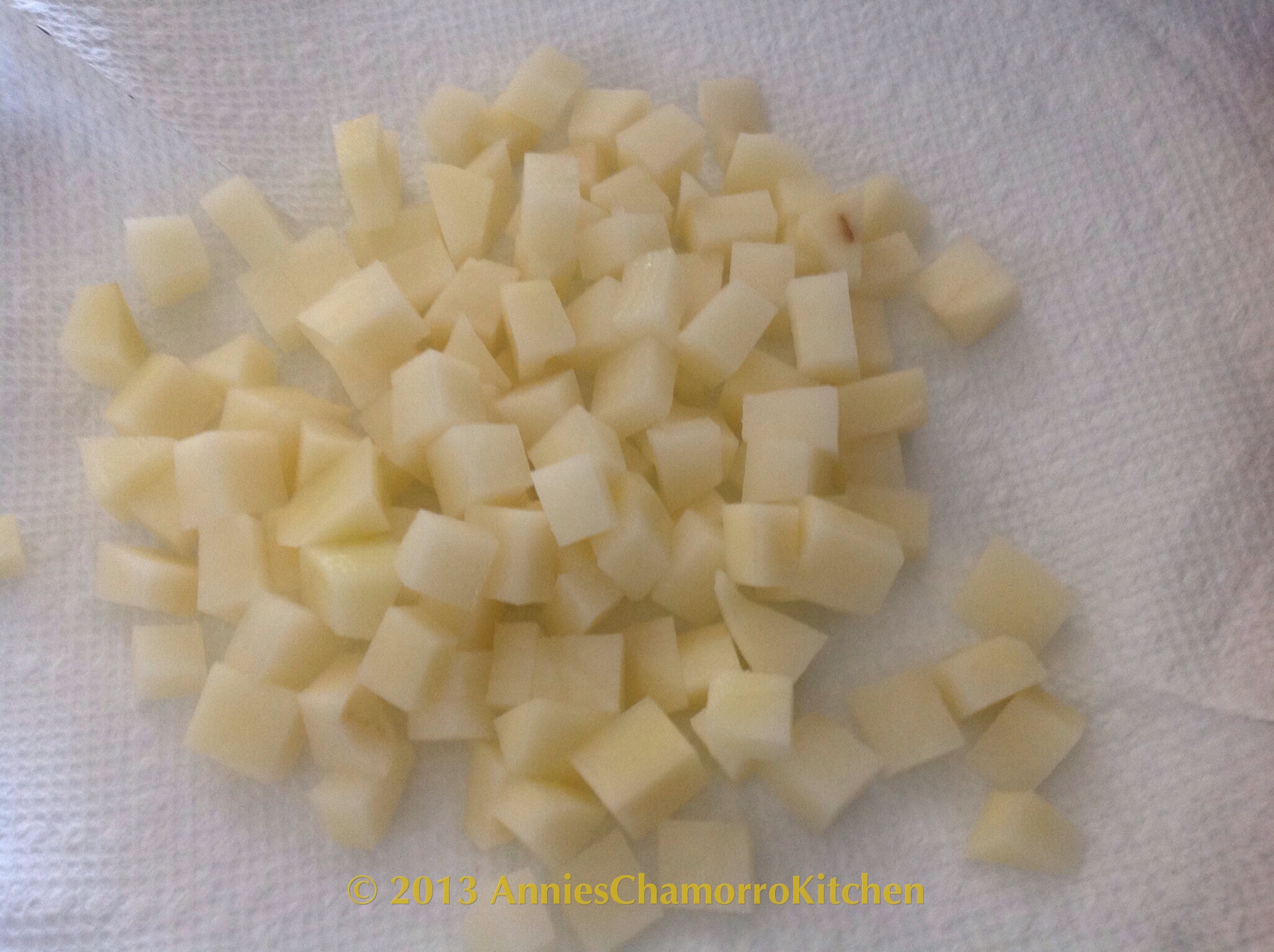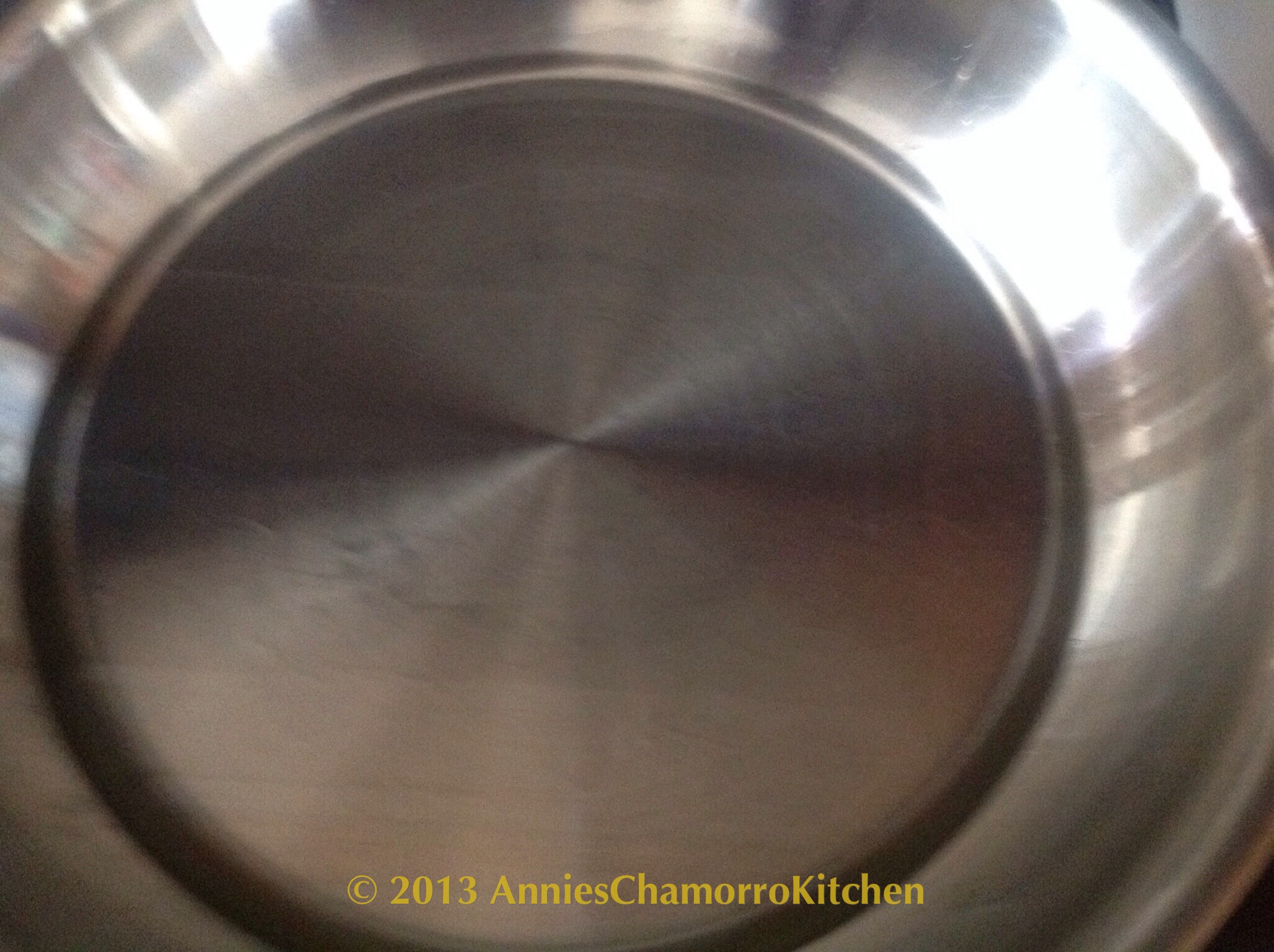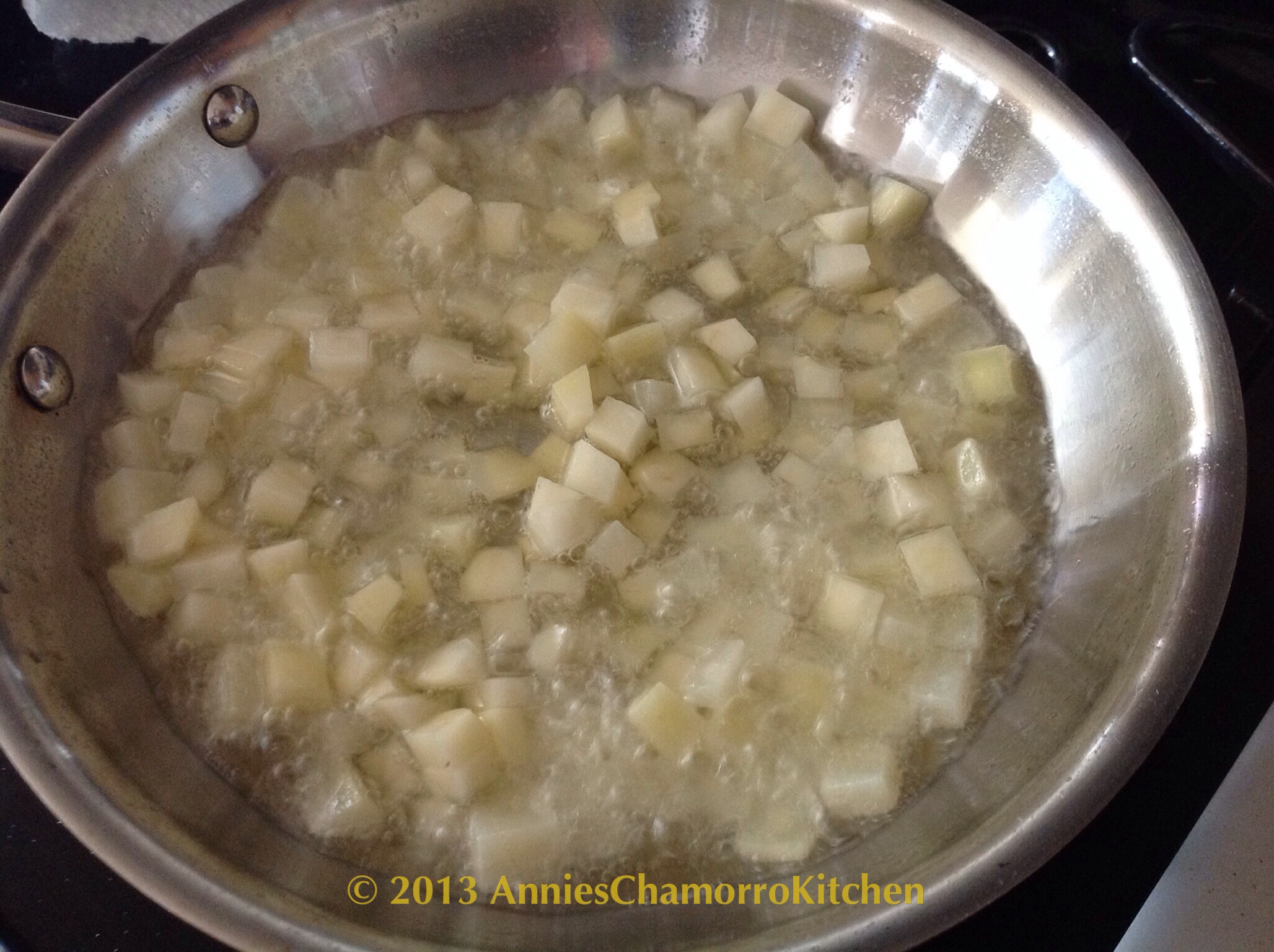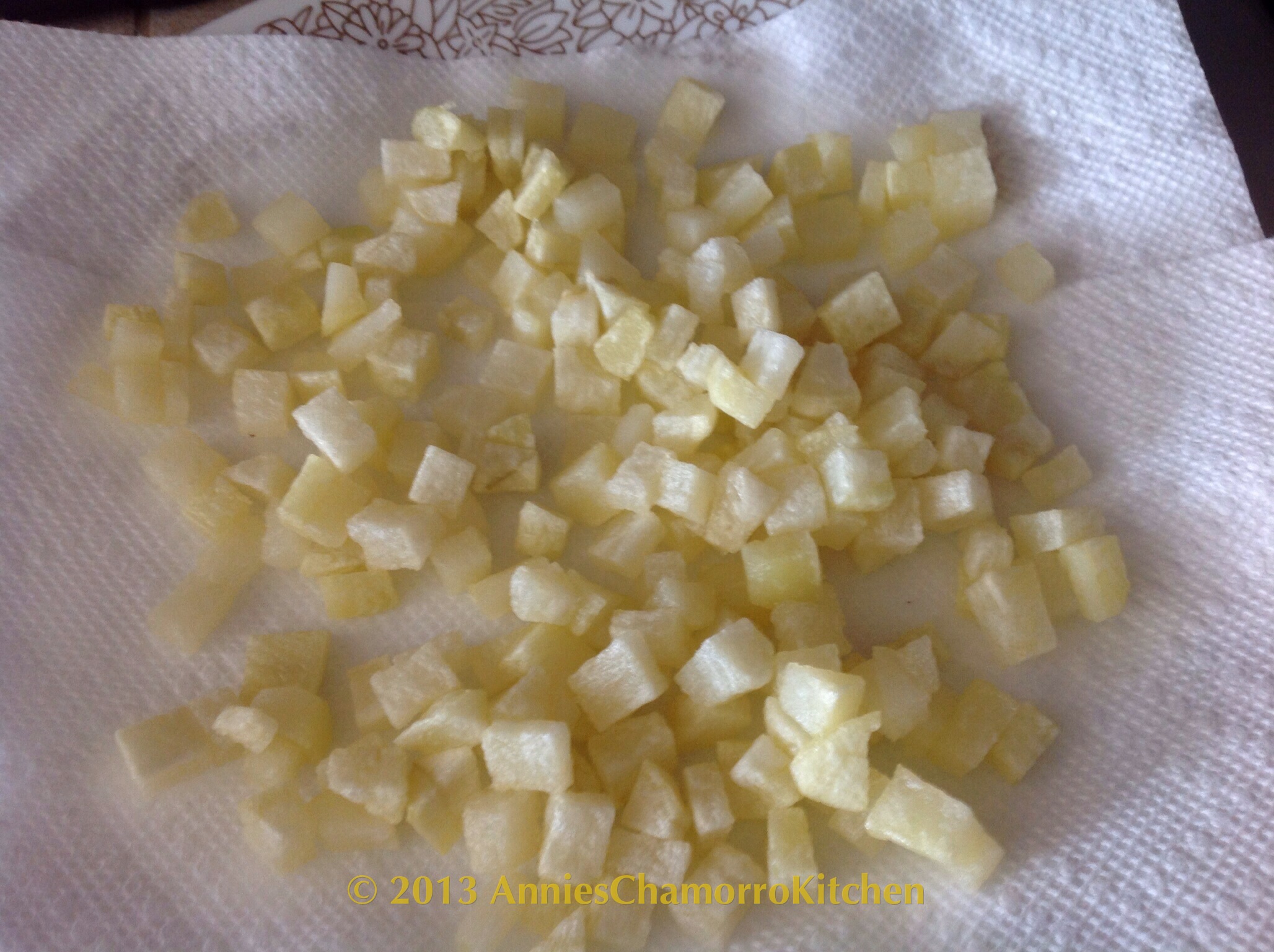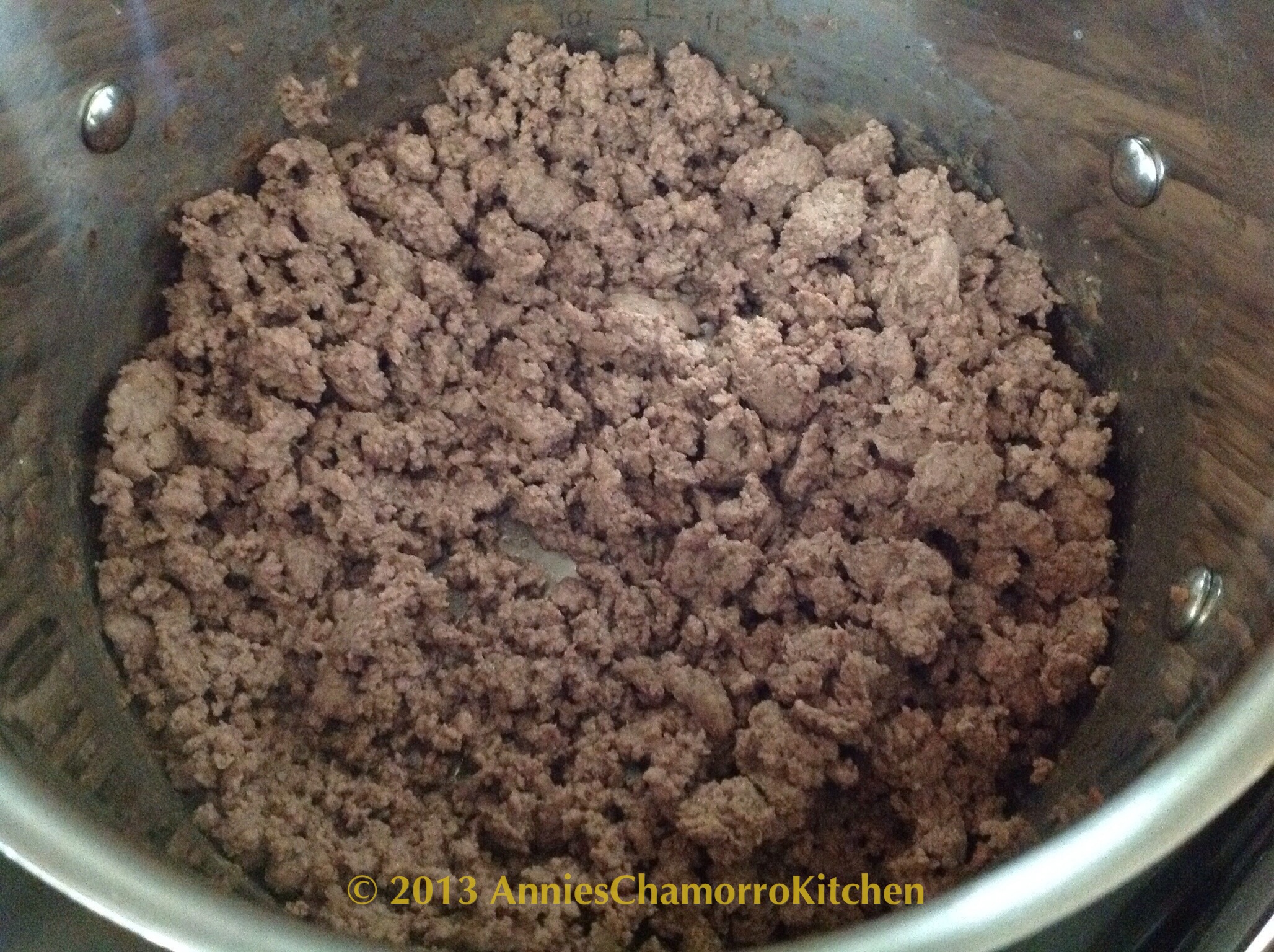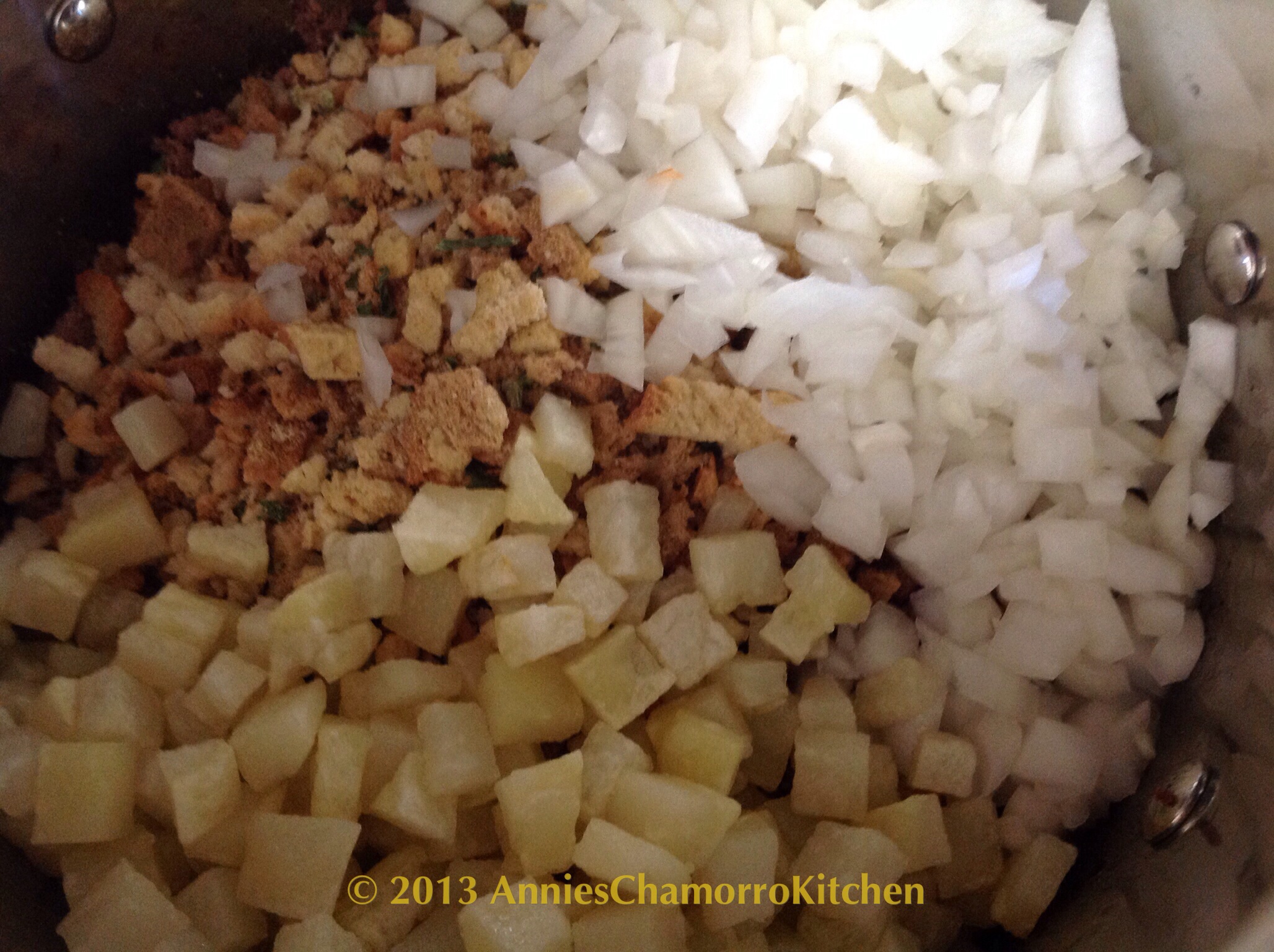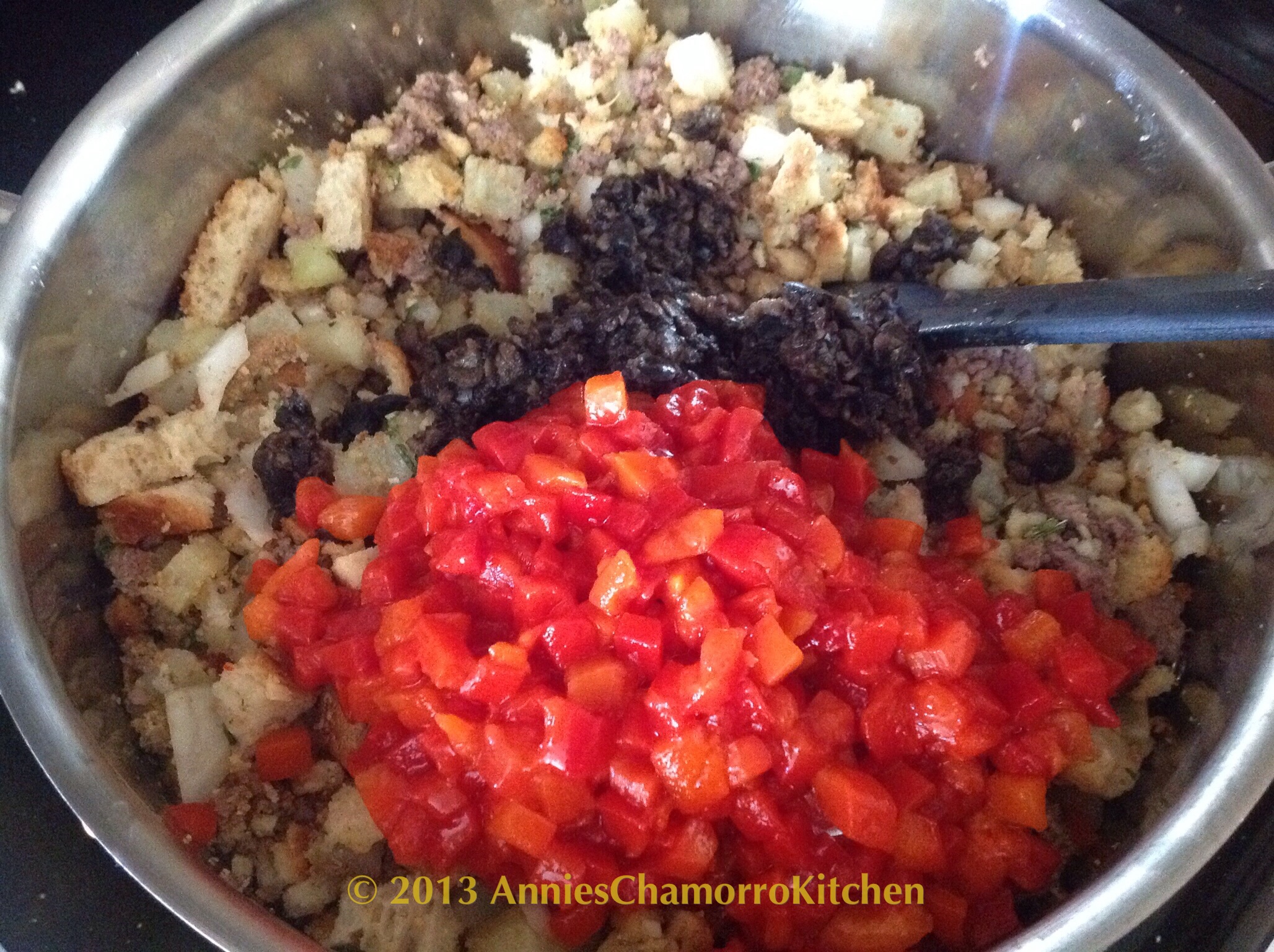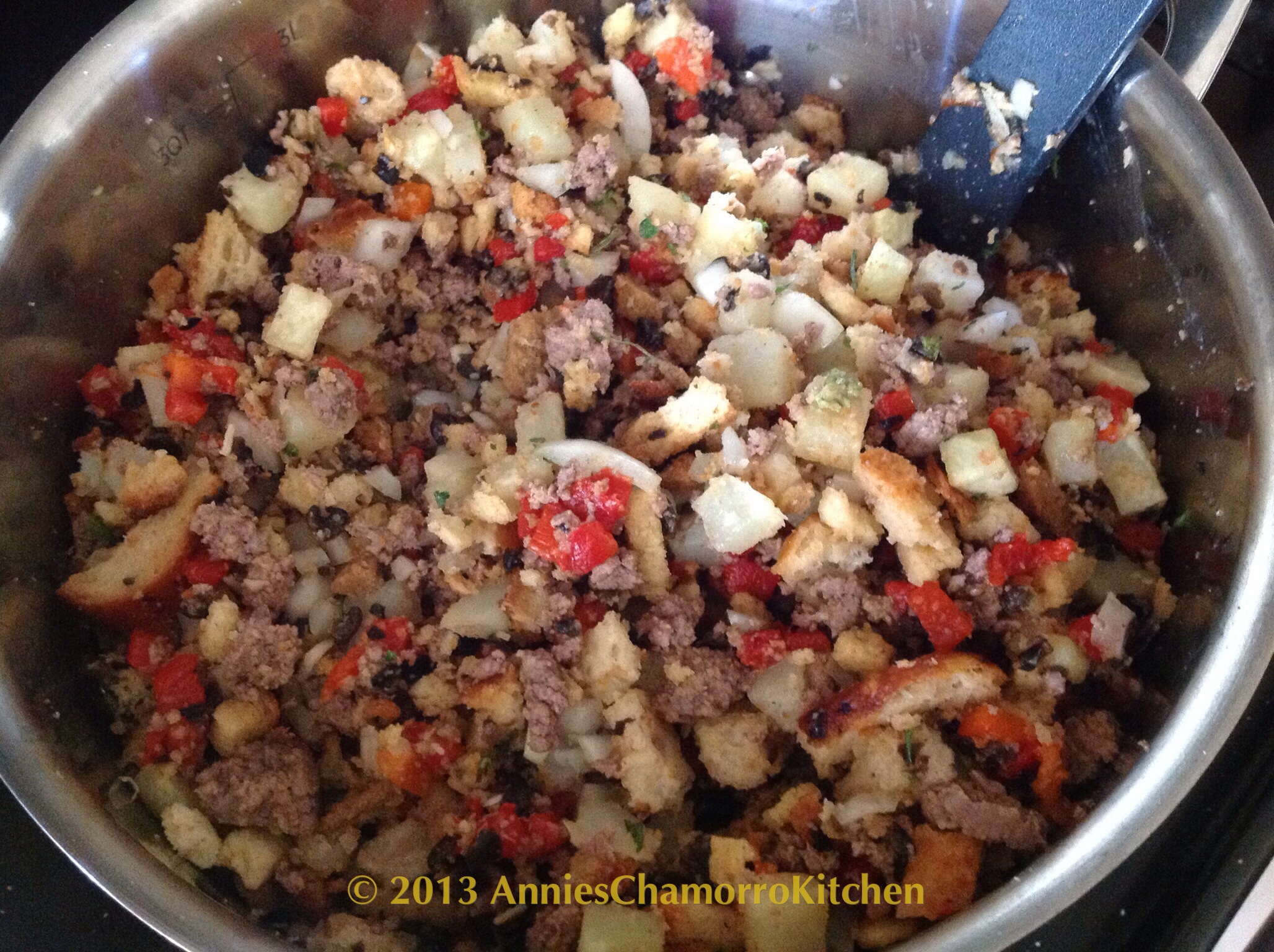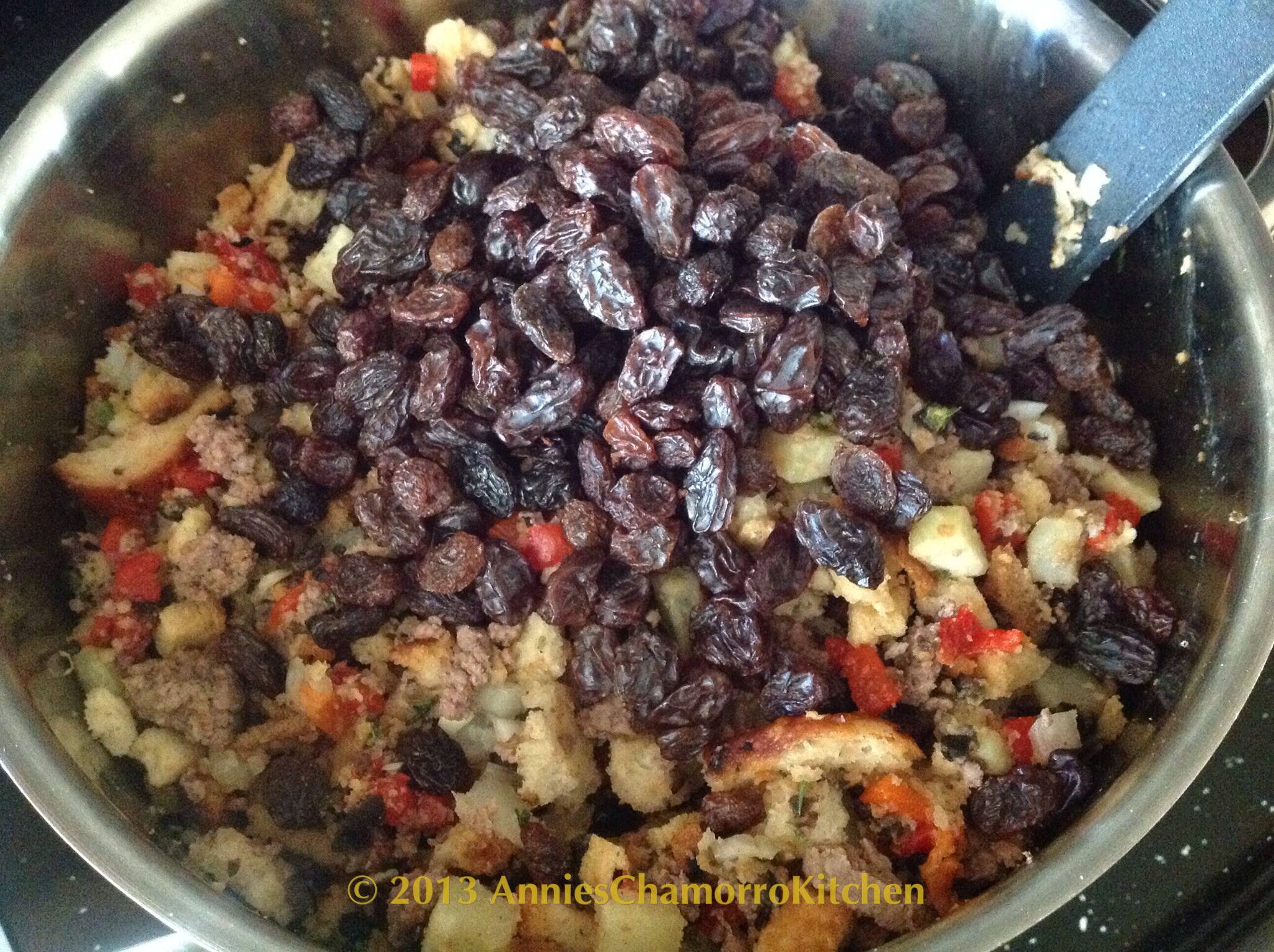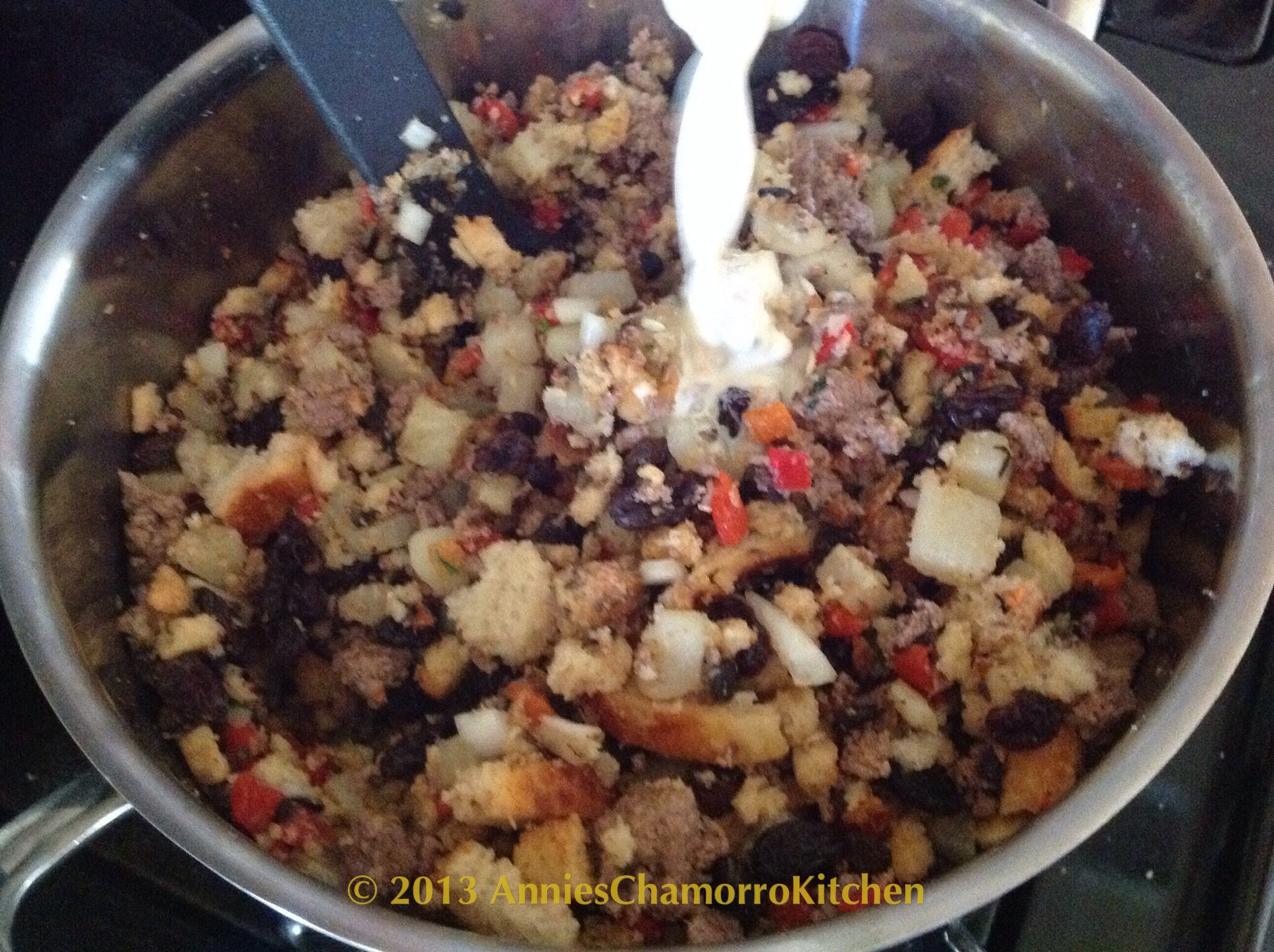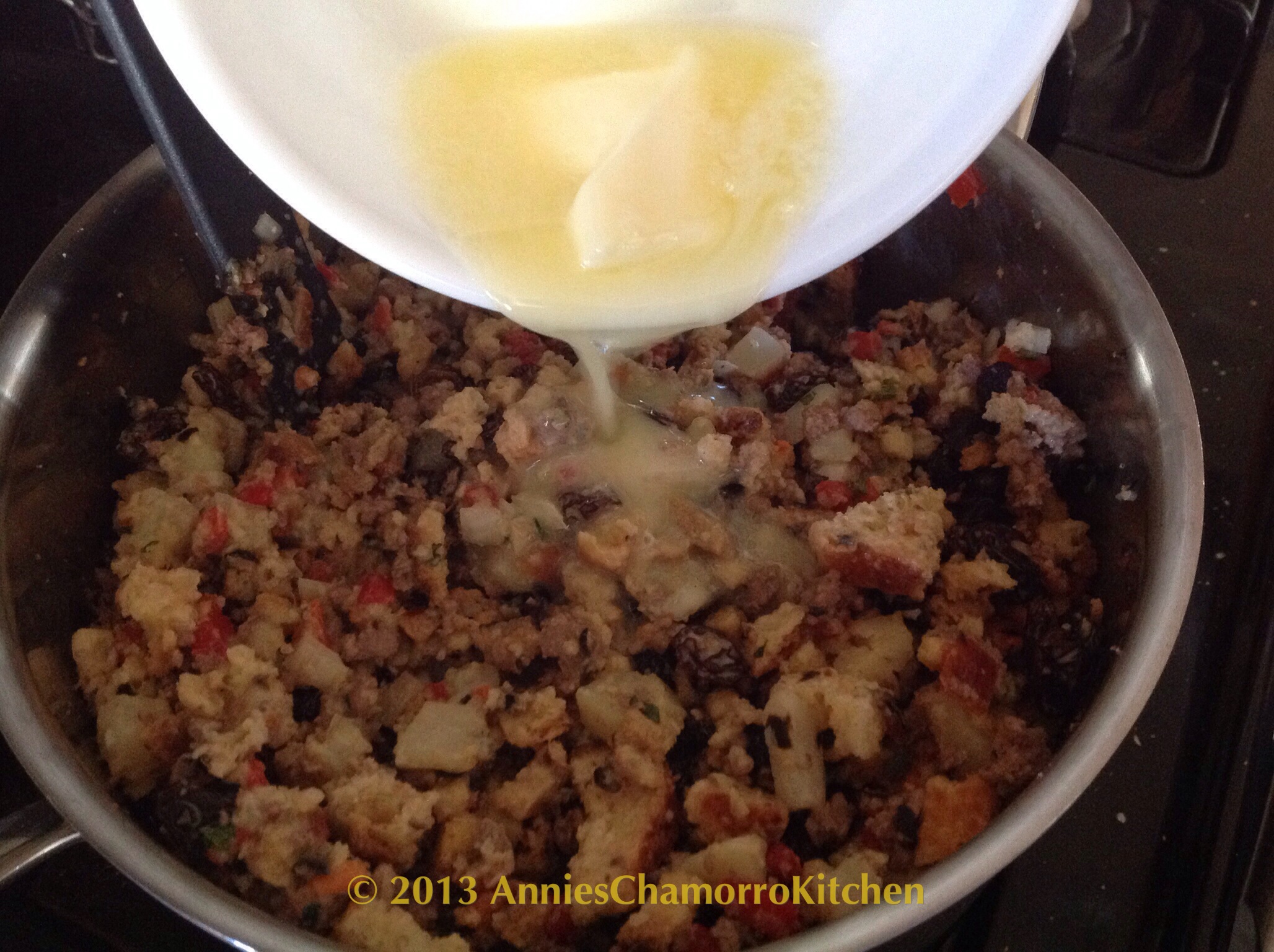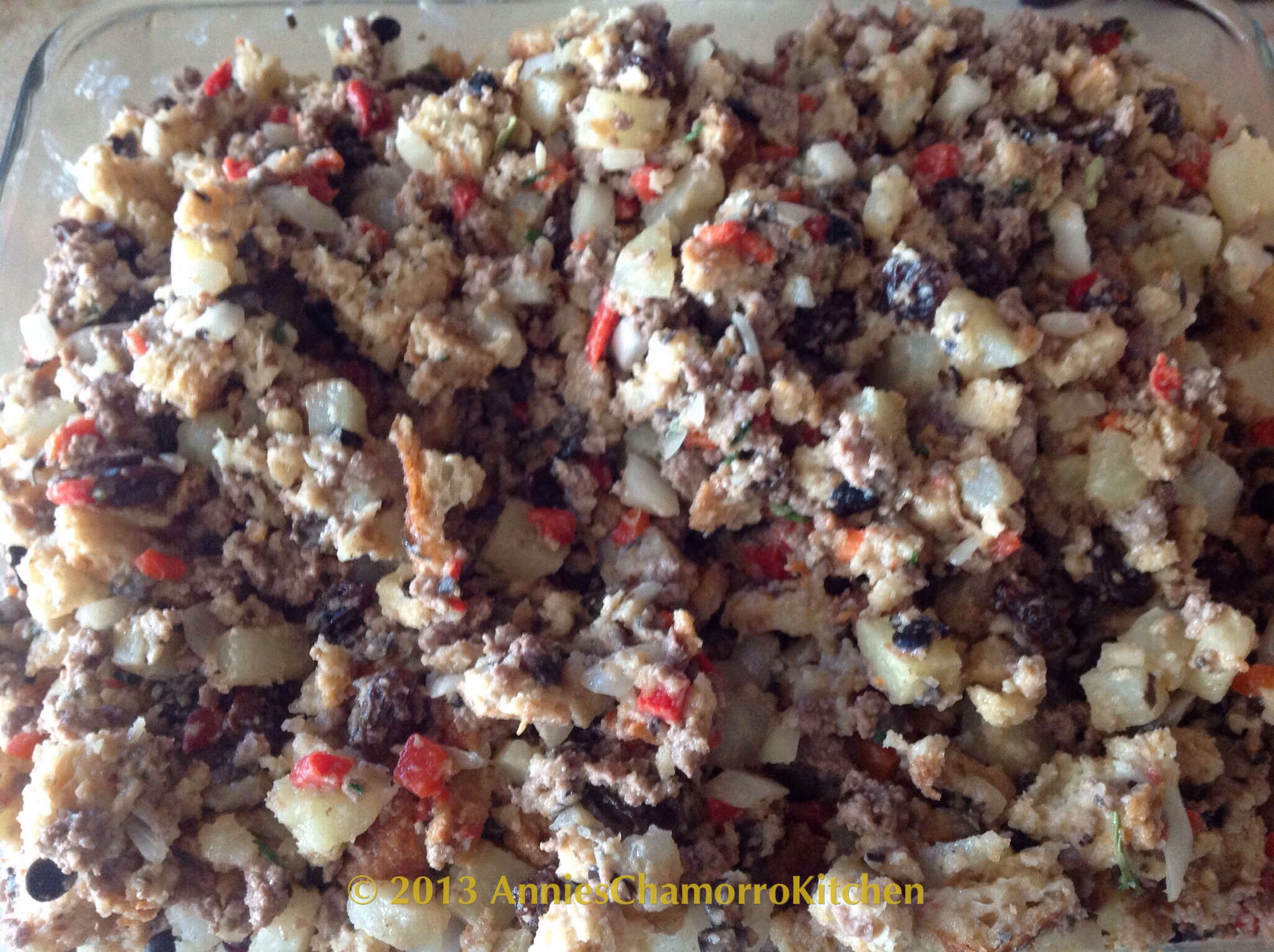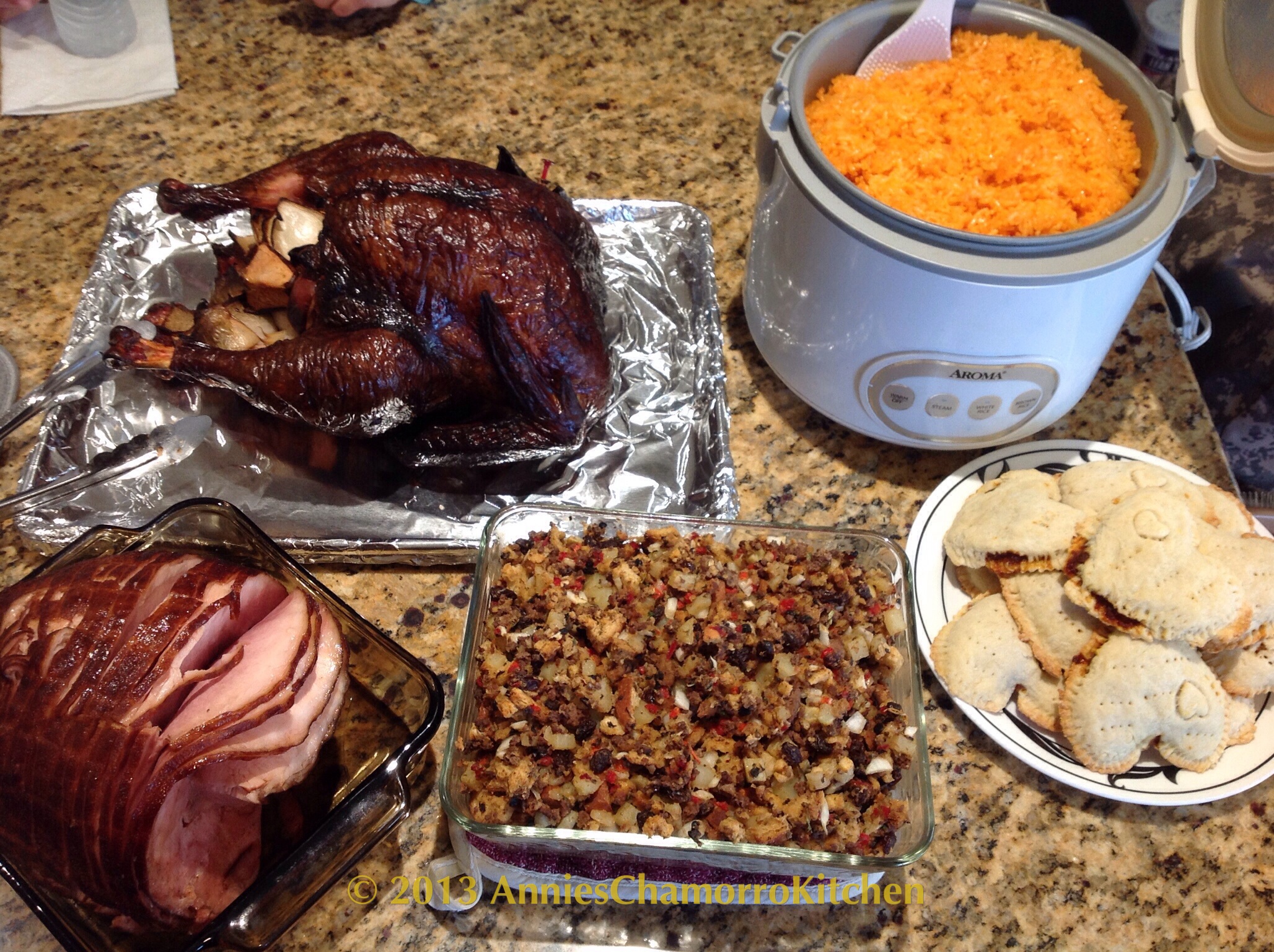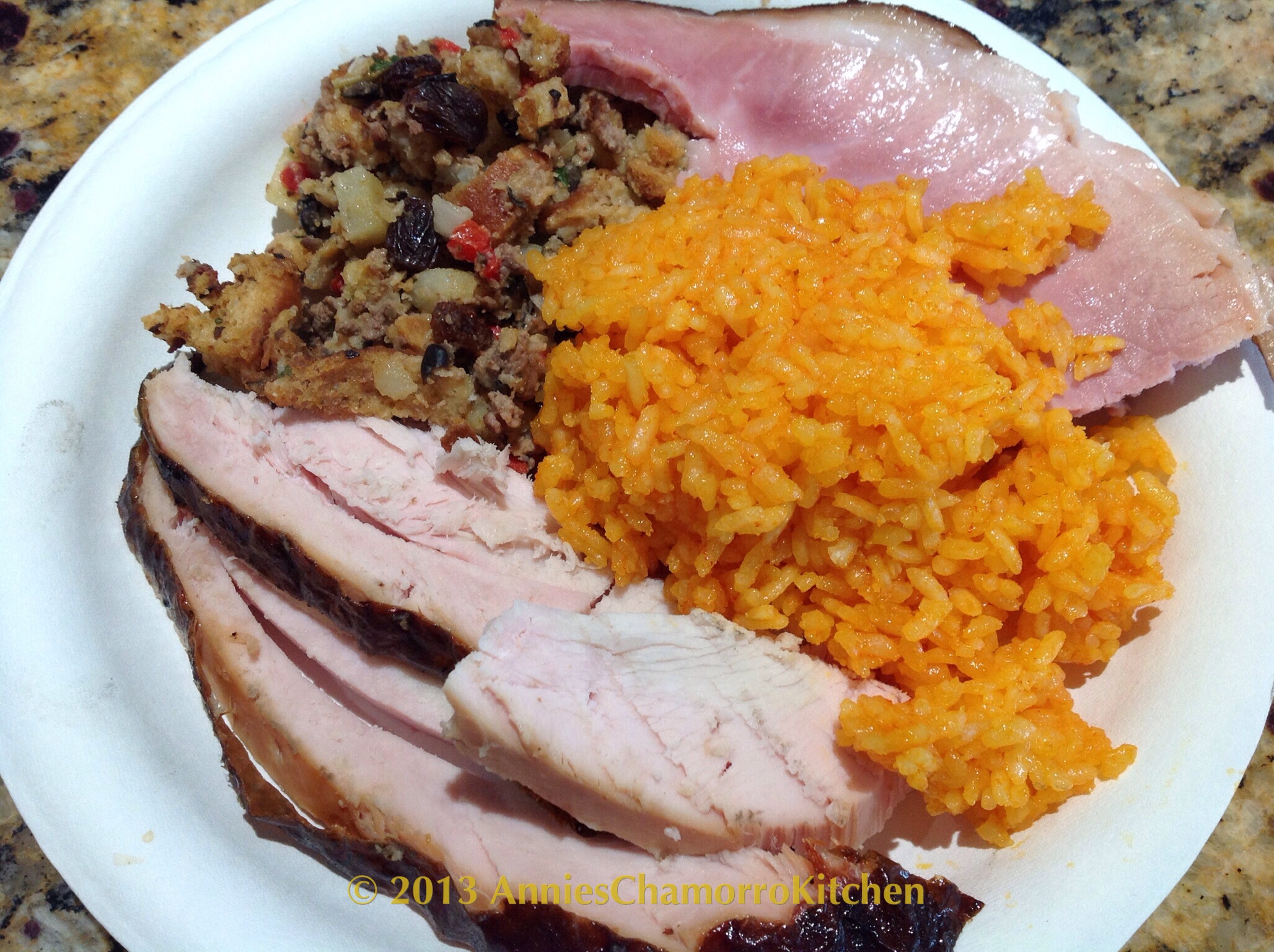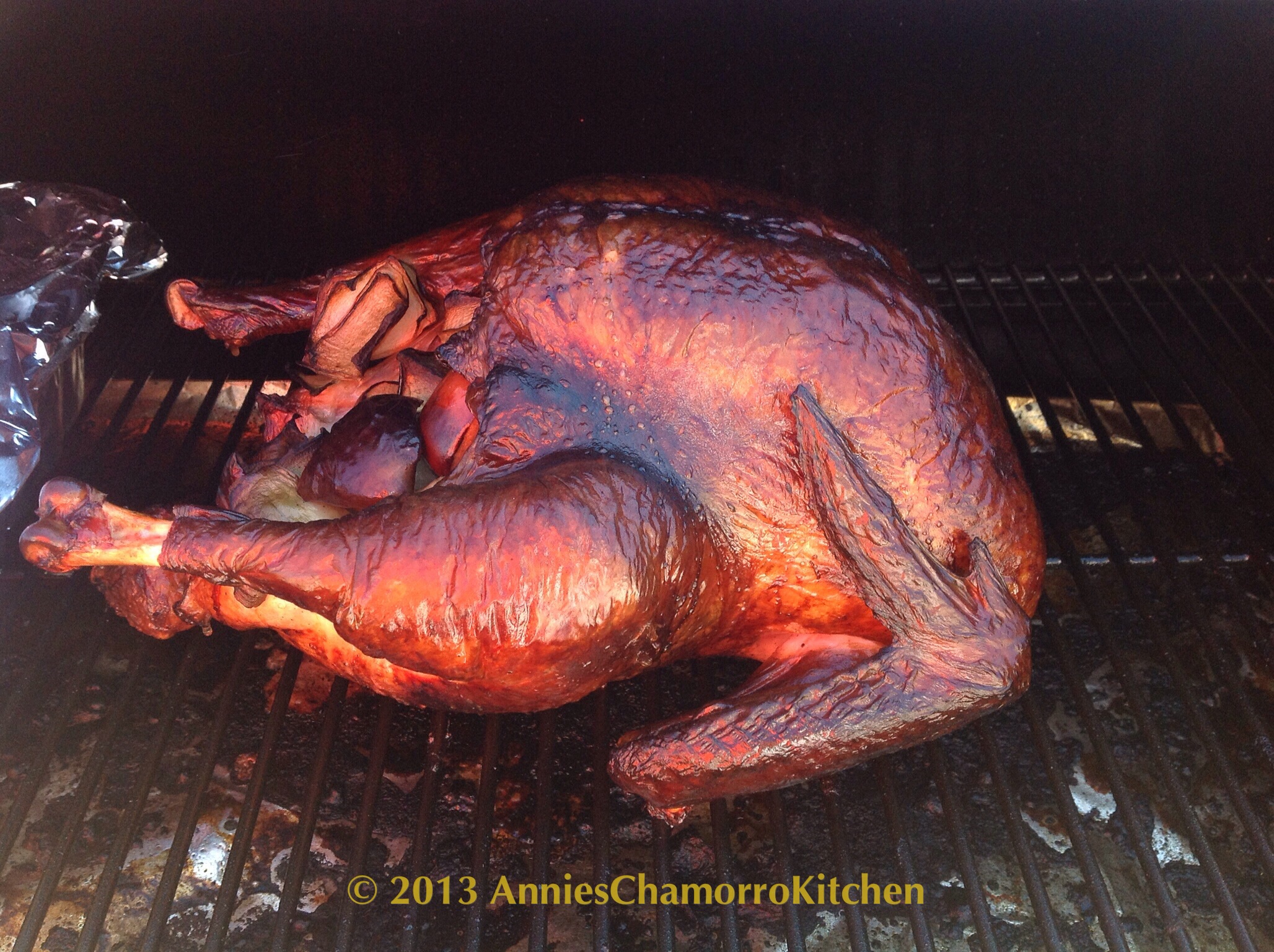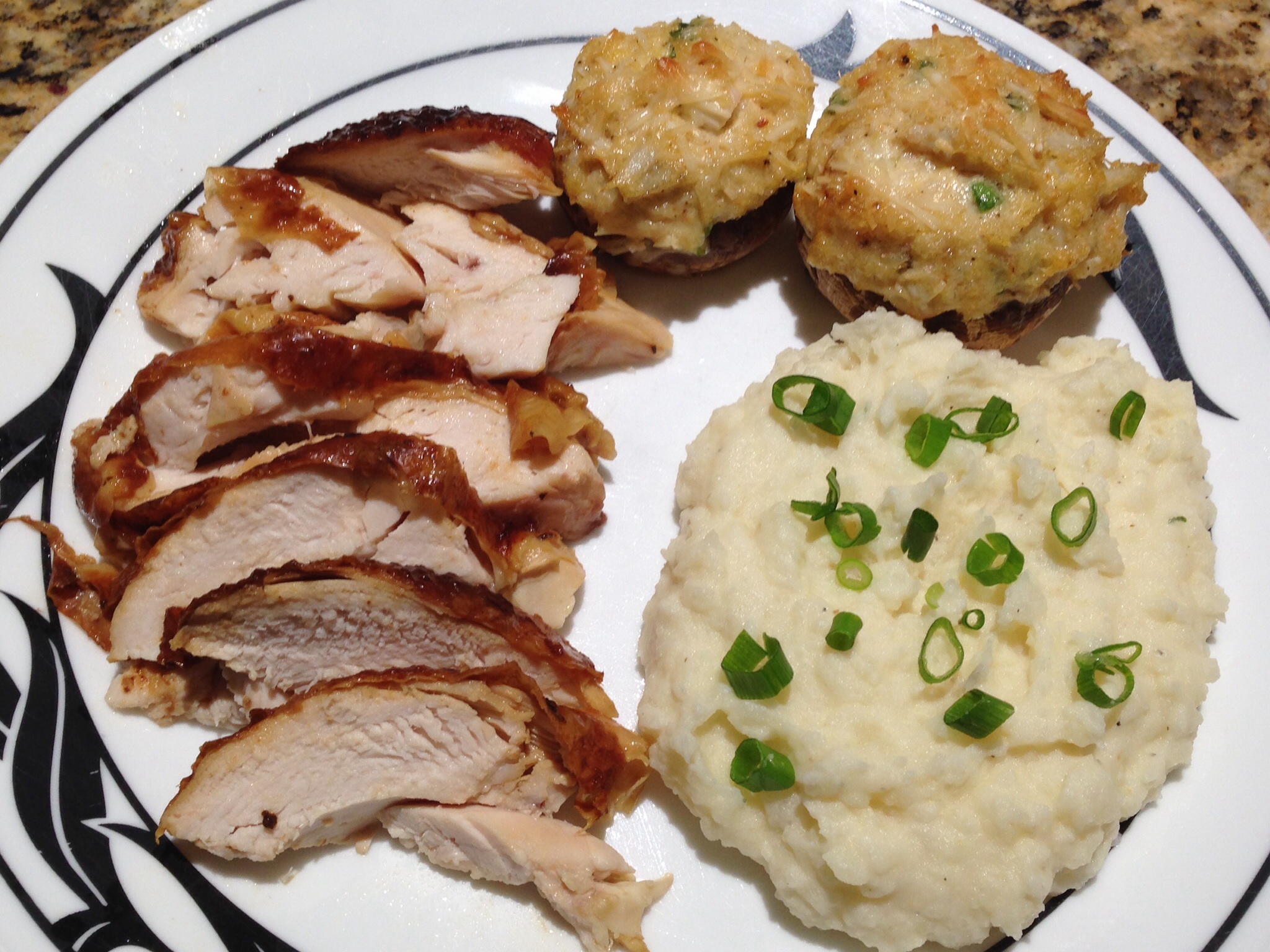Turkey doesn’t have to be served only during Thanksgiving or other holiday meal. Chamorros love to BBQ, but occasionally, we like to smoke and grill a turkey instead of the traditional BBQ fare of ribs and chicken.
Whether baking, frying, grilling or smoking a turkey, I recommend brining the turkey at least 24 hours prior to cooking. Brining not only adds flavor to the turkey, but it seals in the juices during the cooking process, yielding an incredibly moist, juicy, tasty turkey.
Smoked & Grilled Turkey
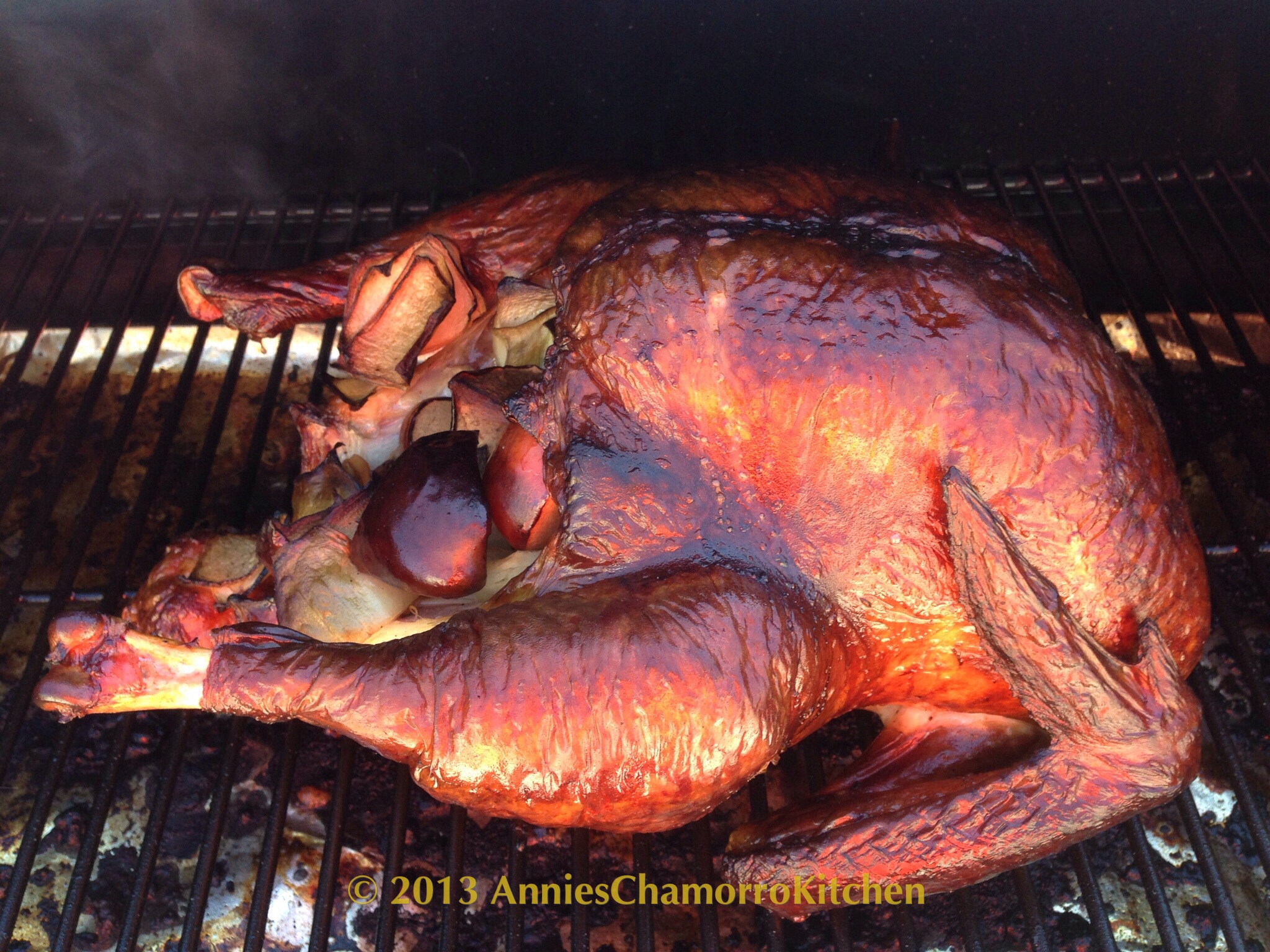
Ingredients:
- 1 turkey, about 12-15 pounds
For the Brine:
- 2 gallons water
- 1 cup sea salt
- 2 tablespoons rosemary-garlic mix (or 1 tablespoon rosemary, 1 tablespoon garlic powder)
- 1 tablespoon dried sage
- 1 tablespoon whole black peppercorns
- 1 tablespoon dried thyme leaves
- 1 tablespoon dried parsley flakes
- 2 bay leaves
- 4 tablespoons good quality honey
- 2 tablespoons dark brown sugar
- 1 tablespoon powdered chicken bouillon
- 1 orange, sliced
- 2 limes, sliced
- 1 medium onion, sliced
- 1 gallon ice cubes
Stuffing:
- 1 medium onion, sliced
- 2 apples, cut into wedges
- 1 whole head of garlic
Directions:
1. Make the brine.
Place one gallon of water into a large pot.
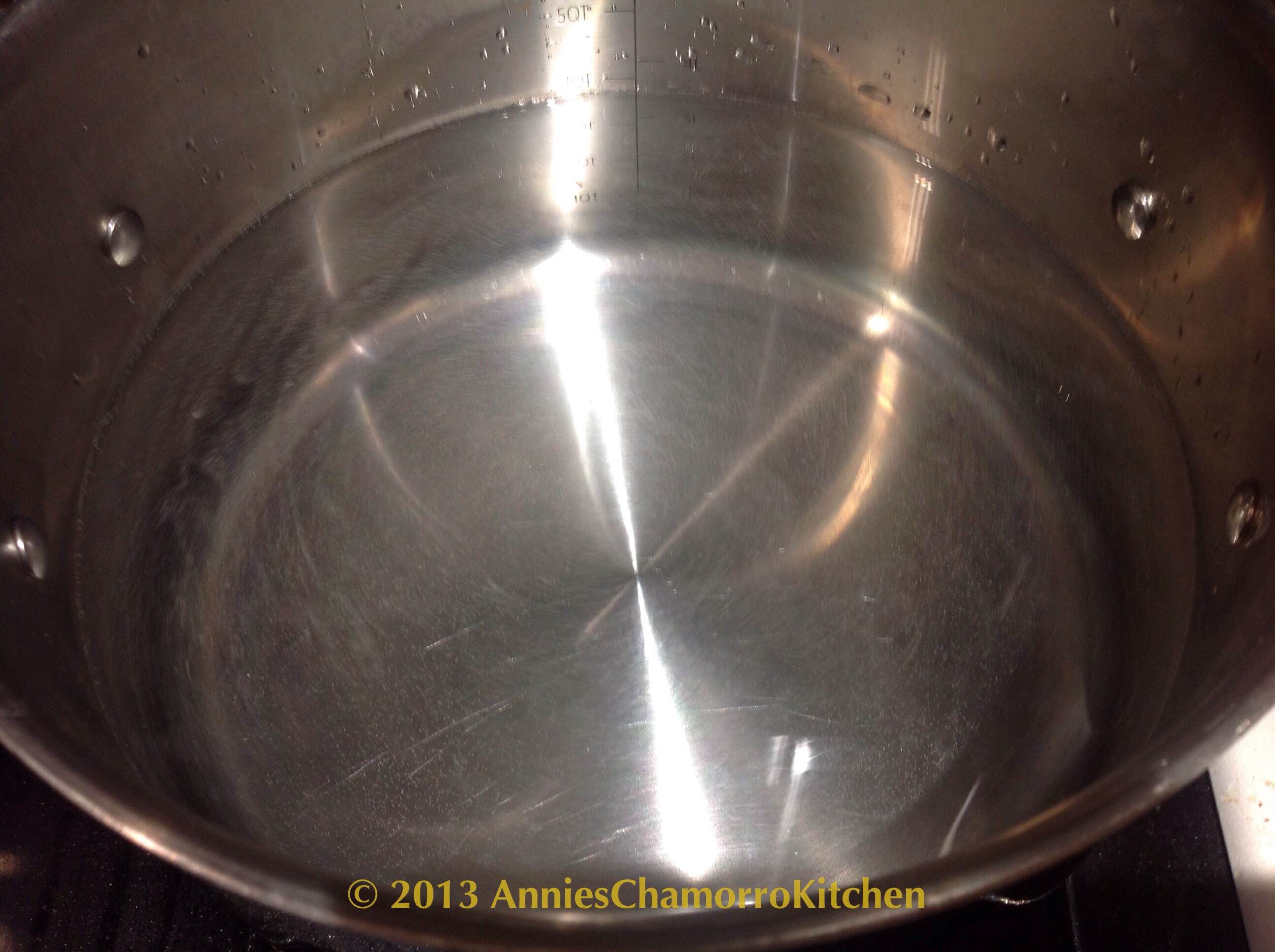
Add the sea salt to the pot of water.
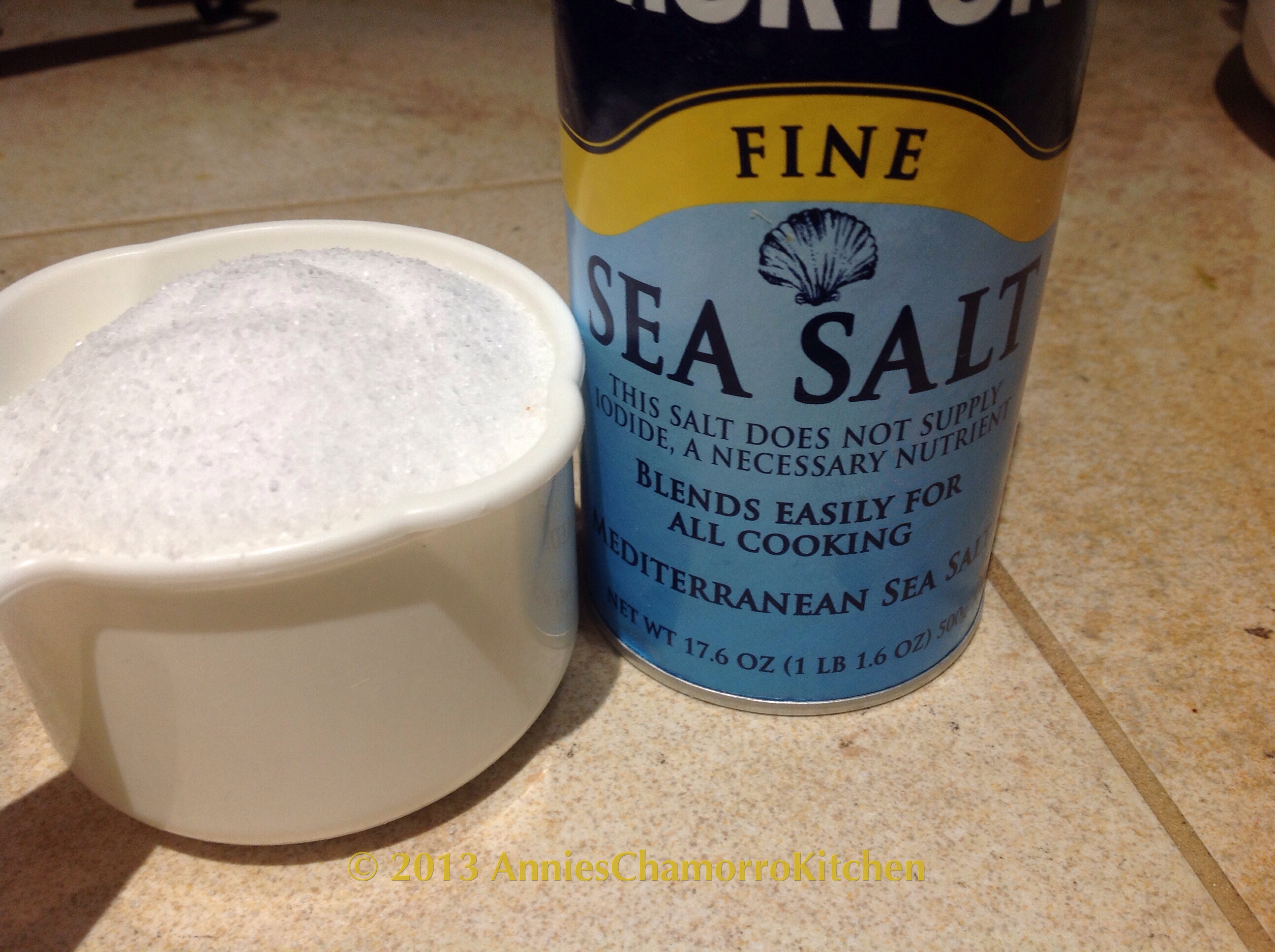
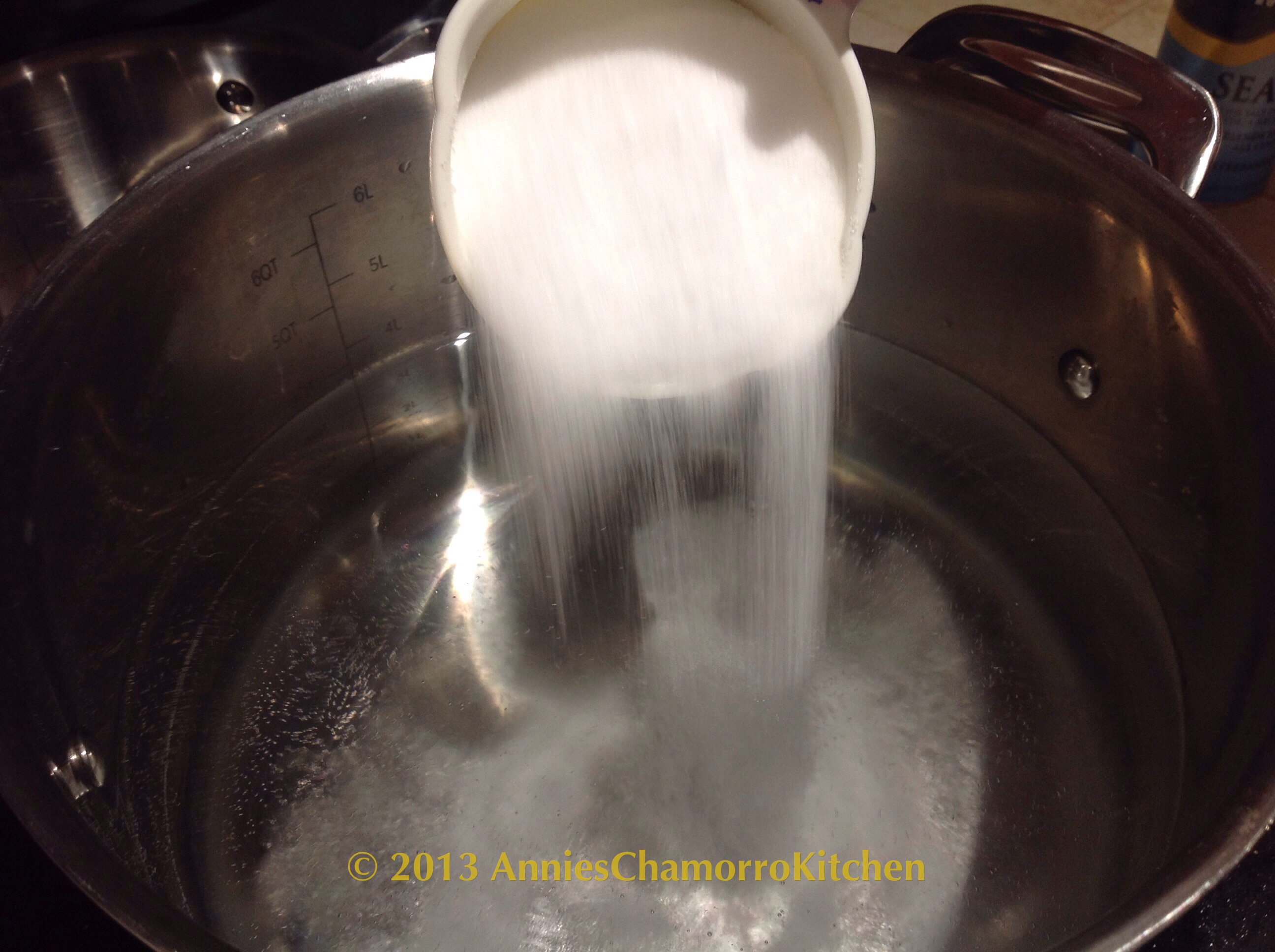
Add the herbs/spices and bay leaves to the pot.
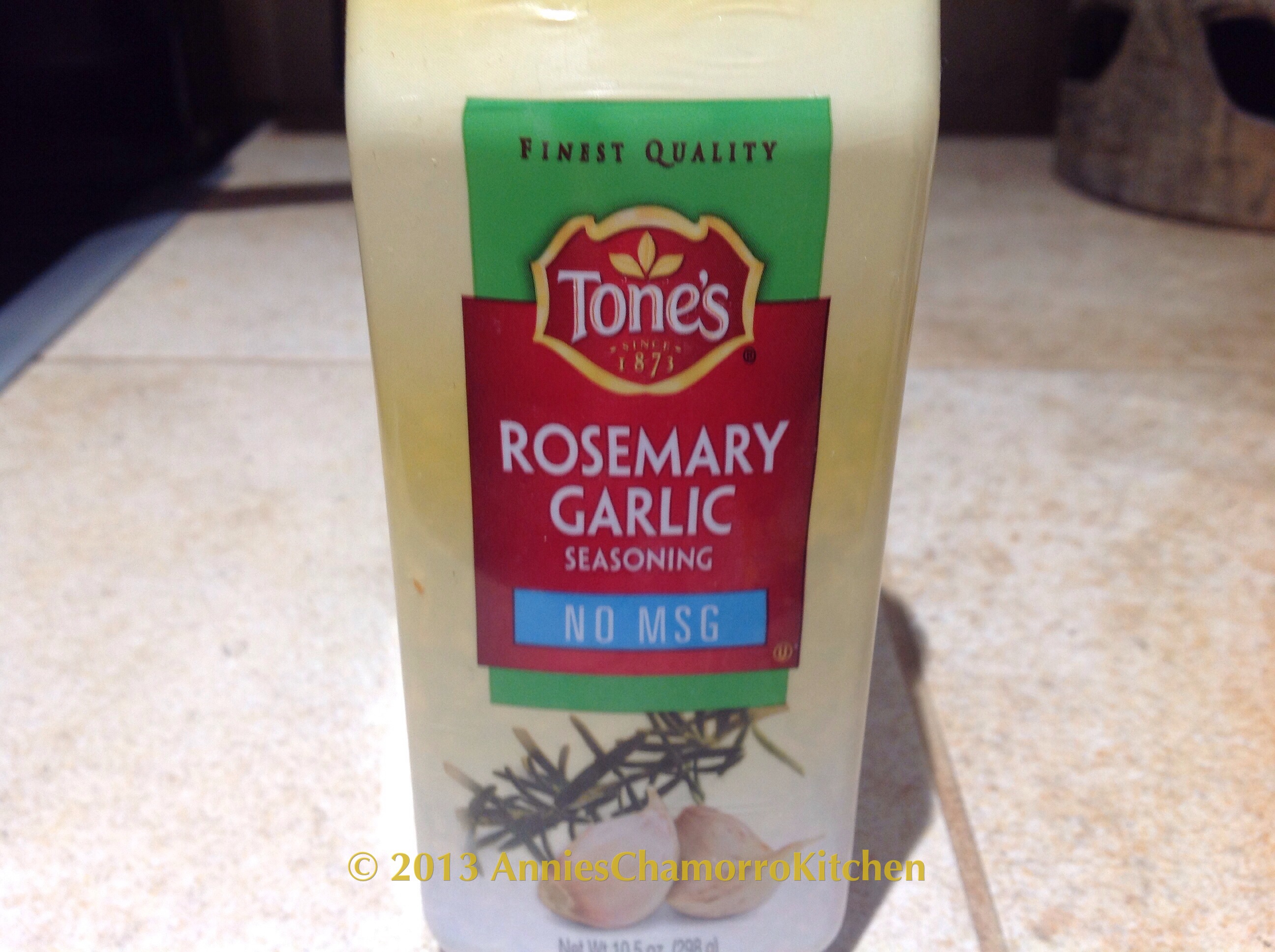
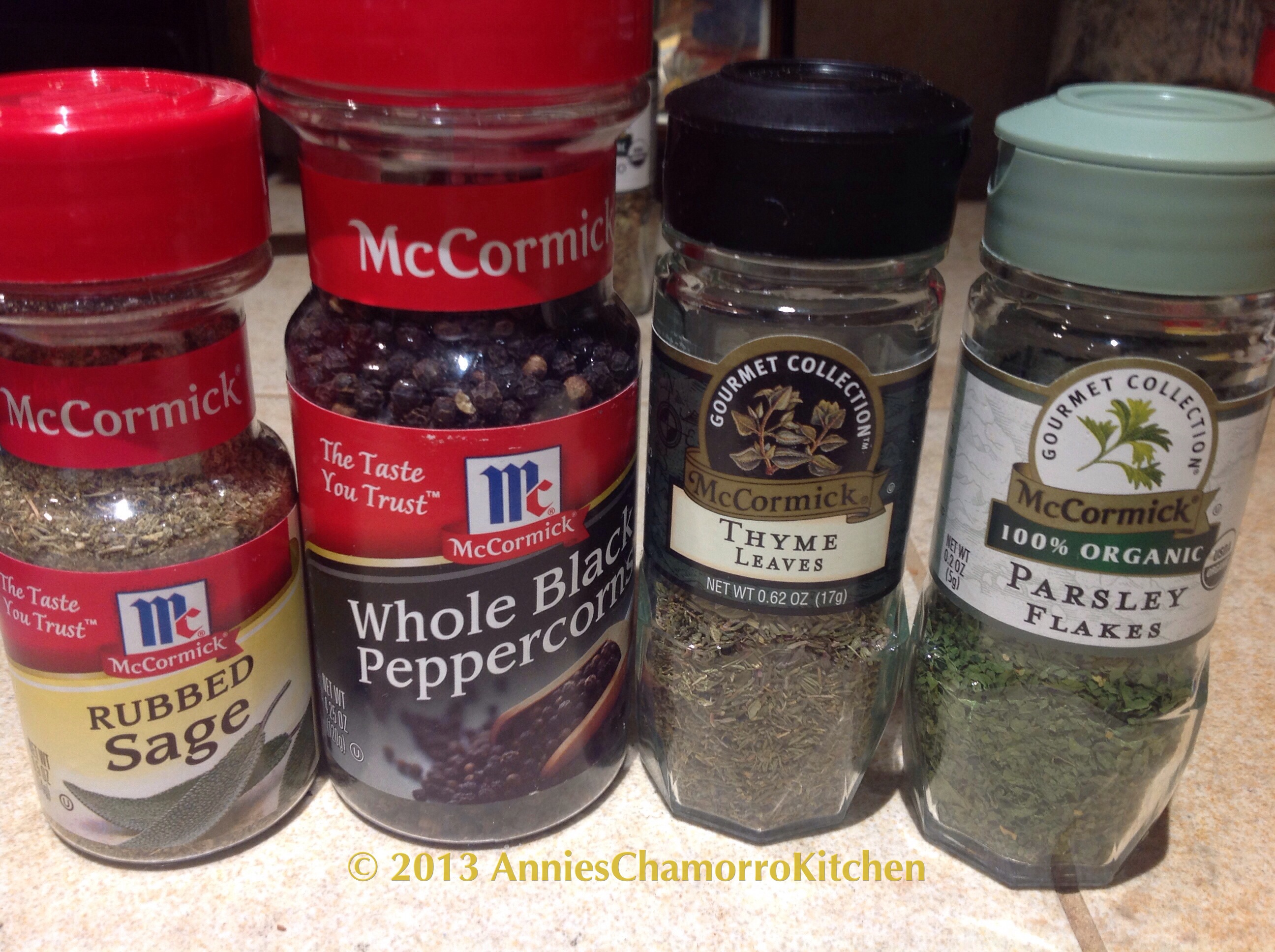
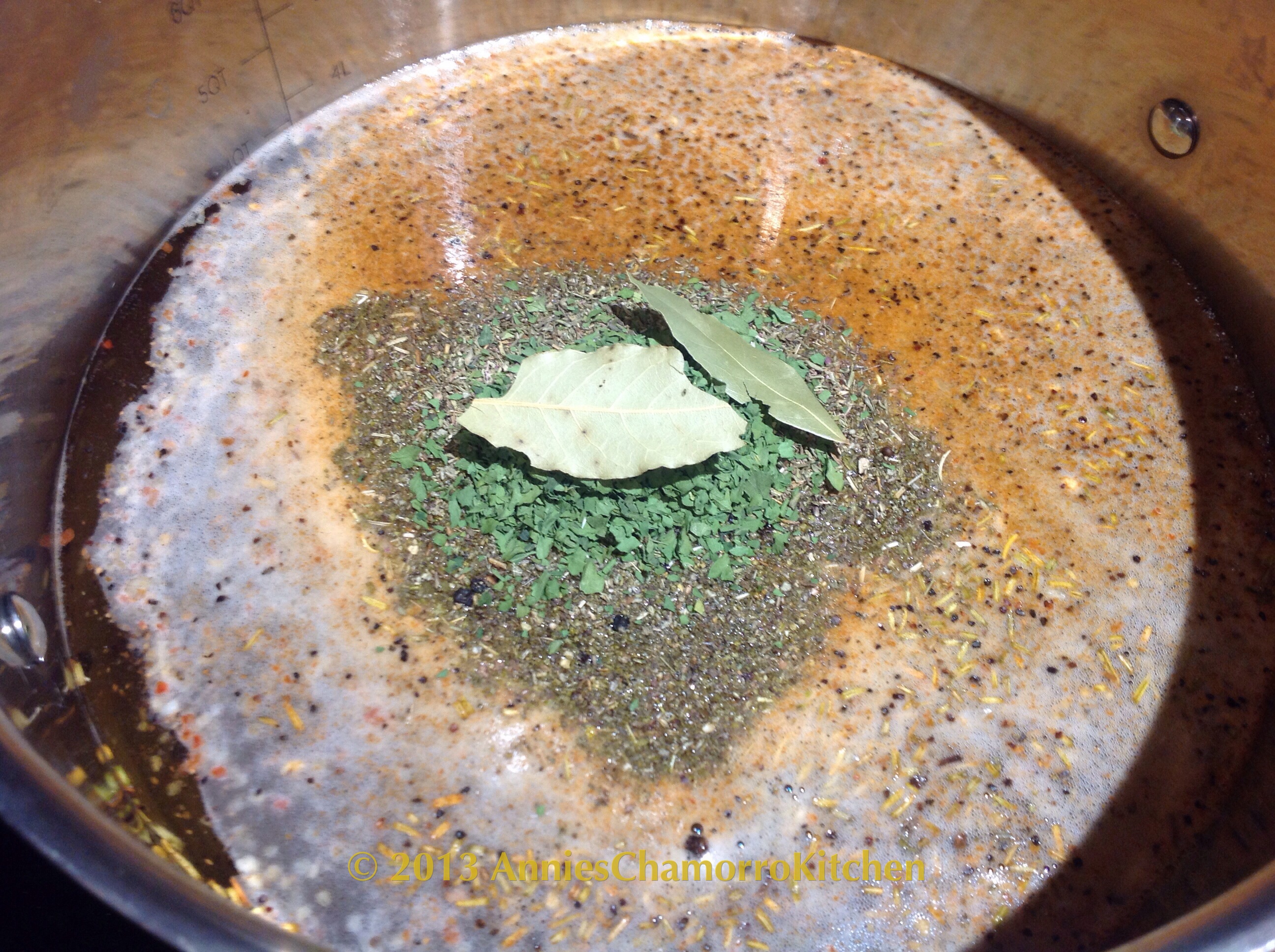
Add the honey.
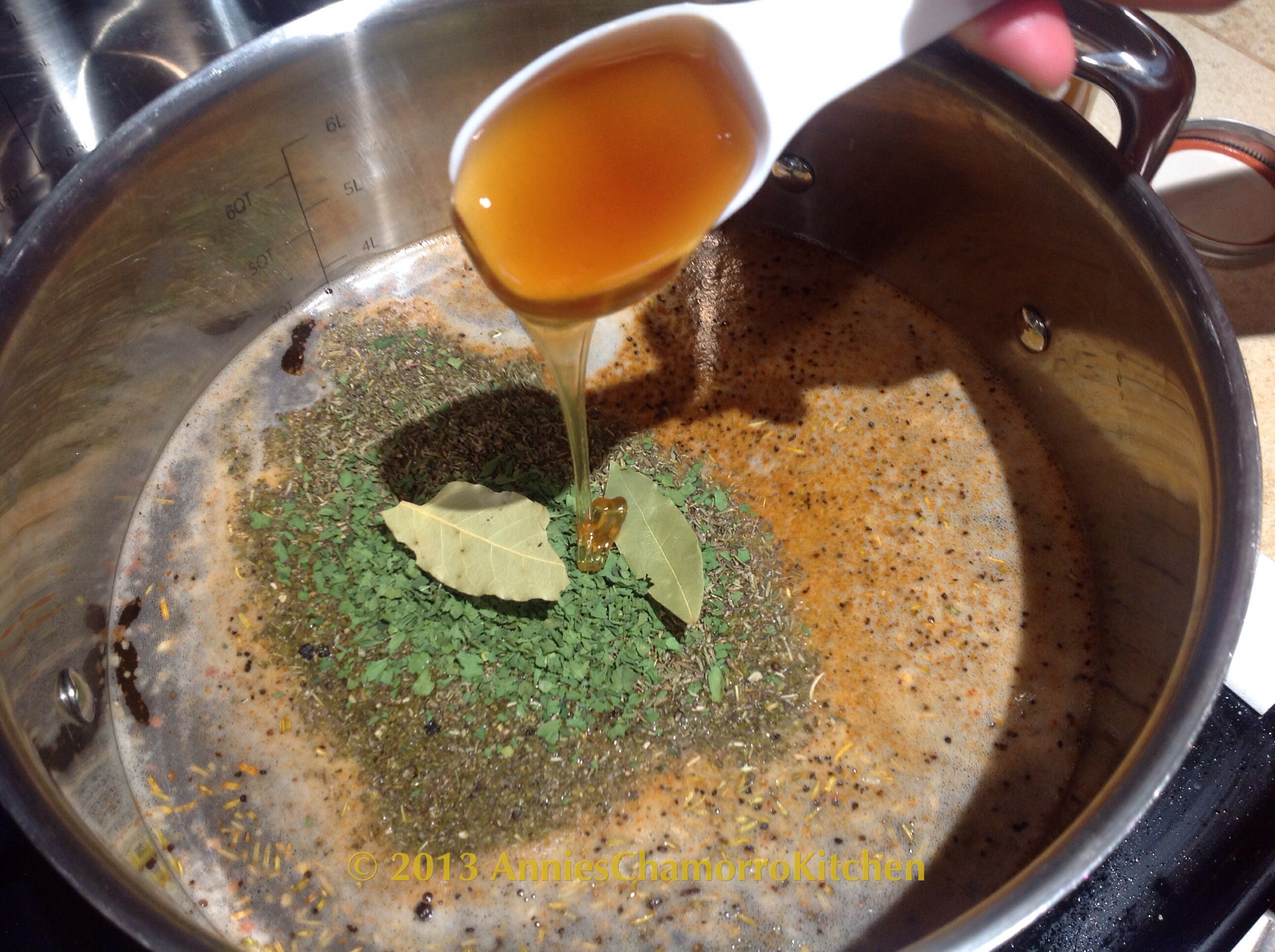
Add the brown sugar.
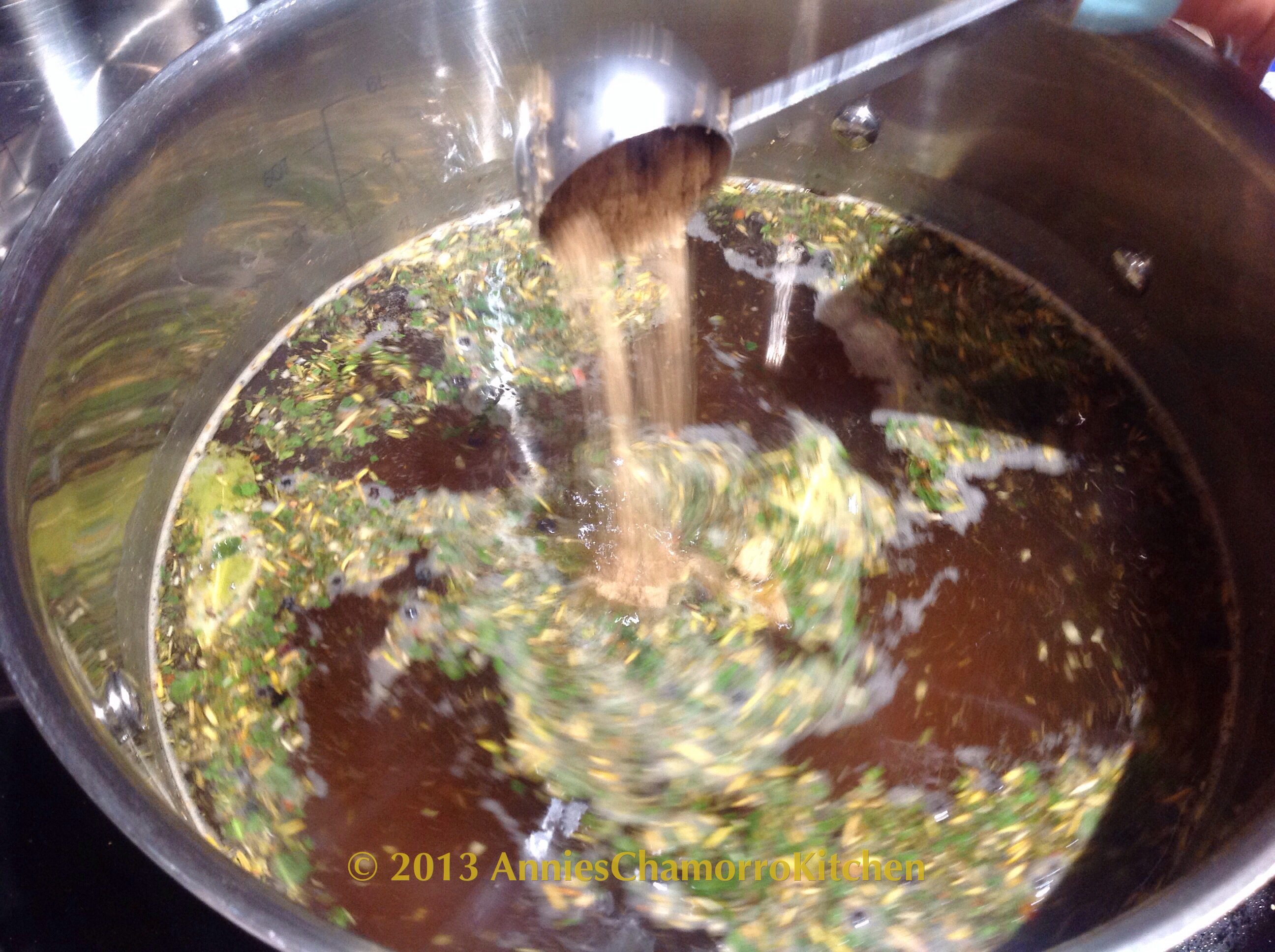
Add the chicken seasoning.
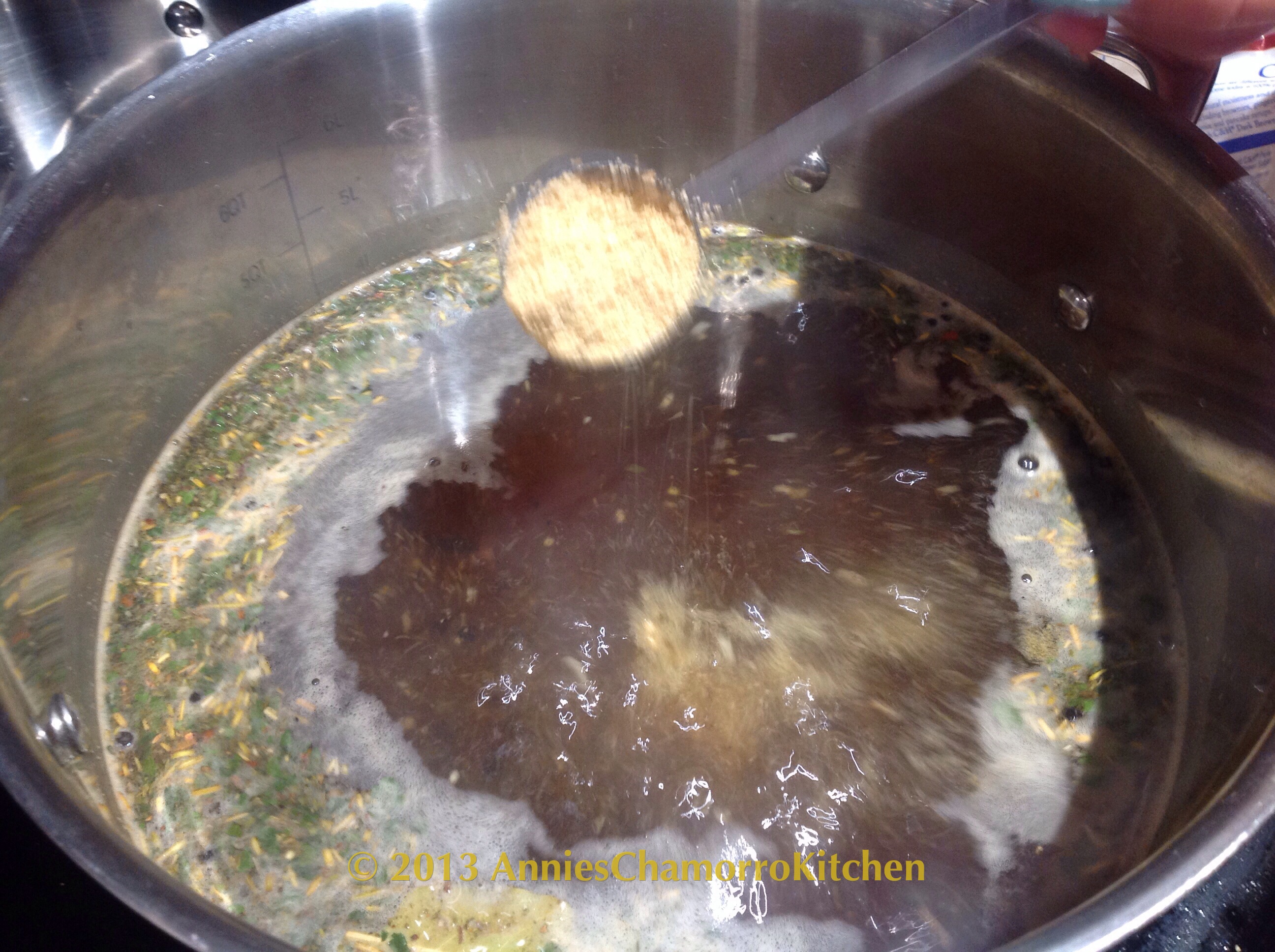
Give it a stir then bring the mixture to a boil.
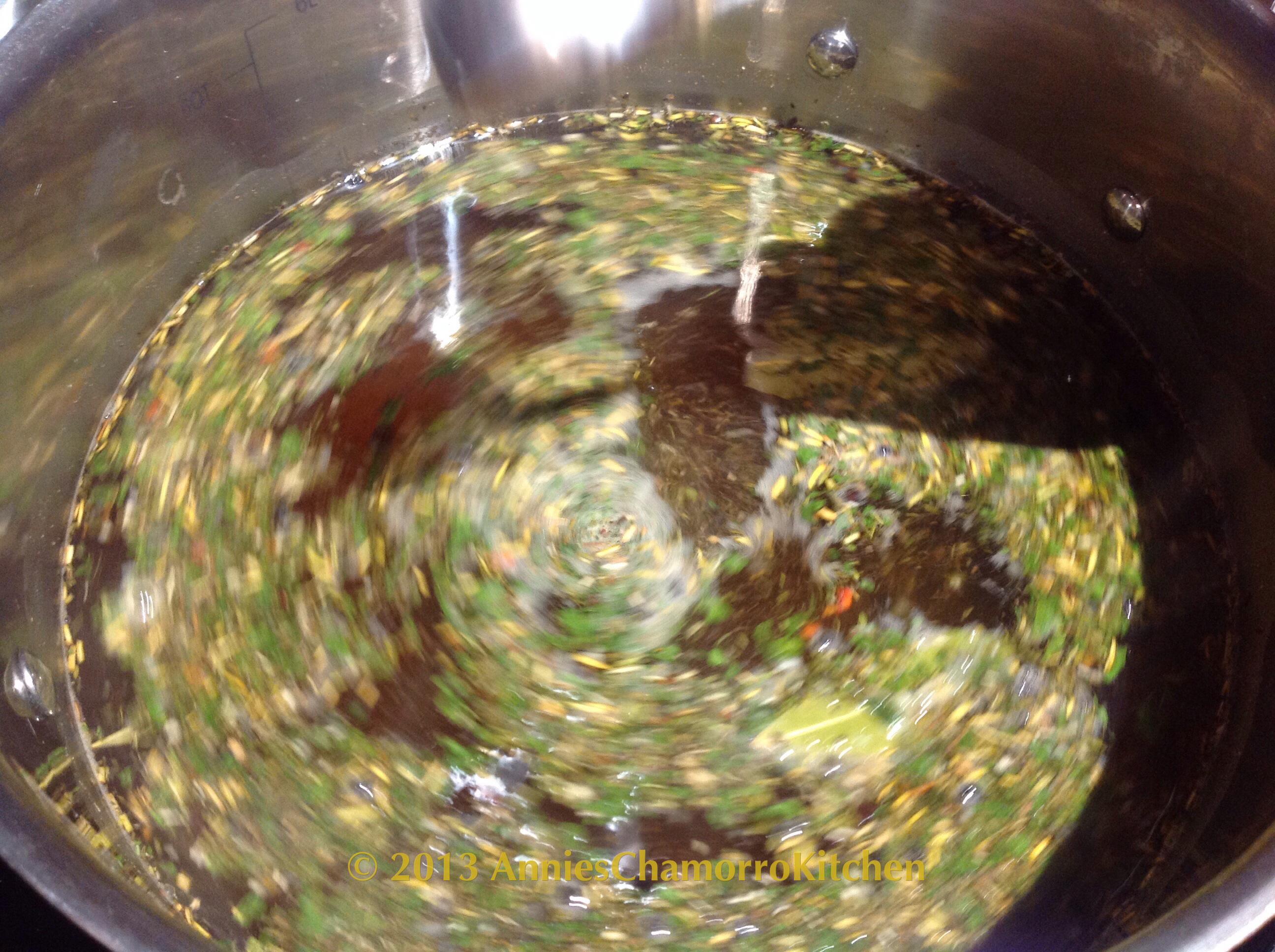
Pour the brine into a clean bucket (we bought a PBA-free bucket at Lowe’s).
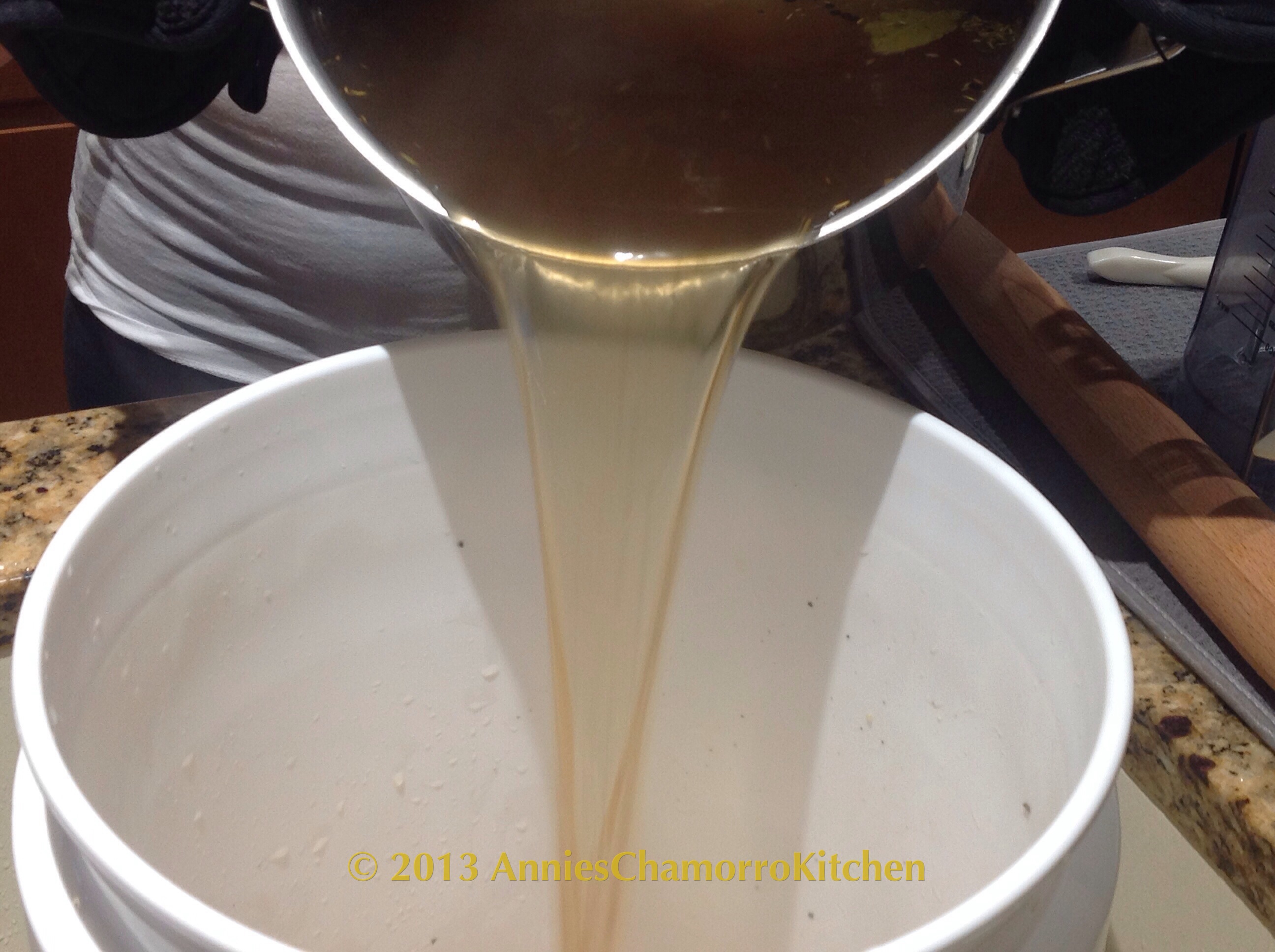
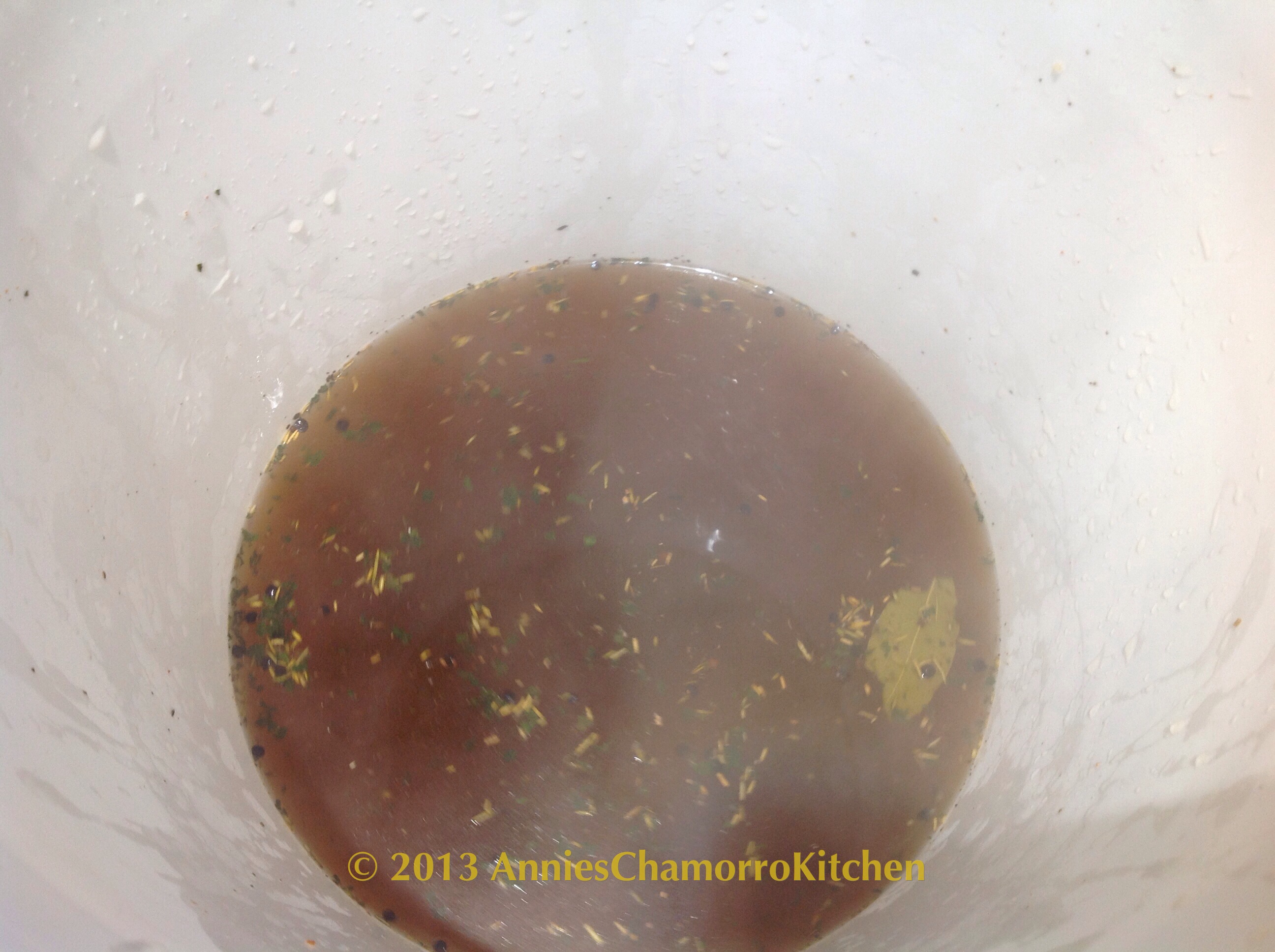
Add the sliced limes, orange and onion to the bucket. My daughter was being funny and called this “turkey punch”. 😉
Let the brine cool completely before adding the turkey.
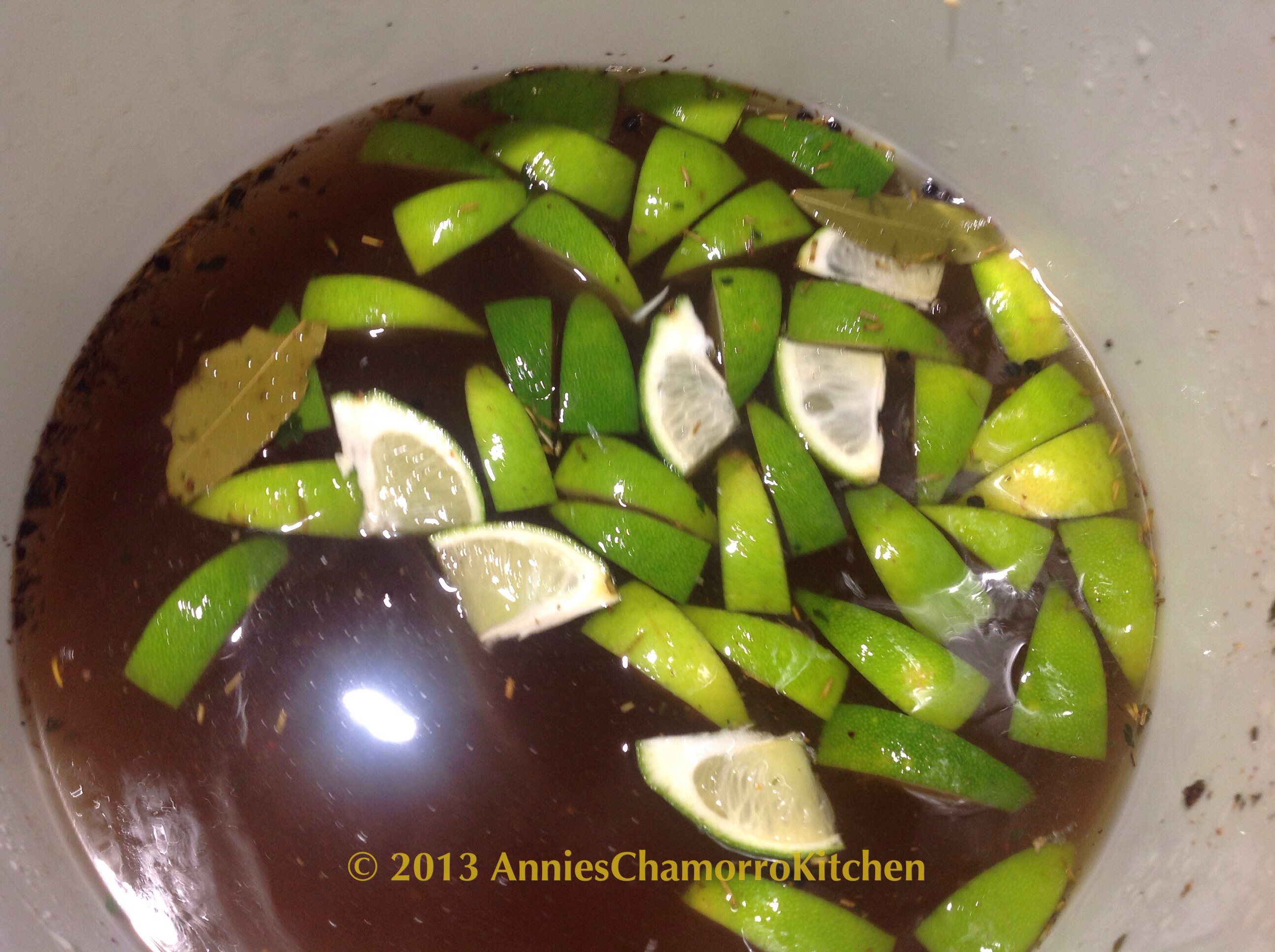
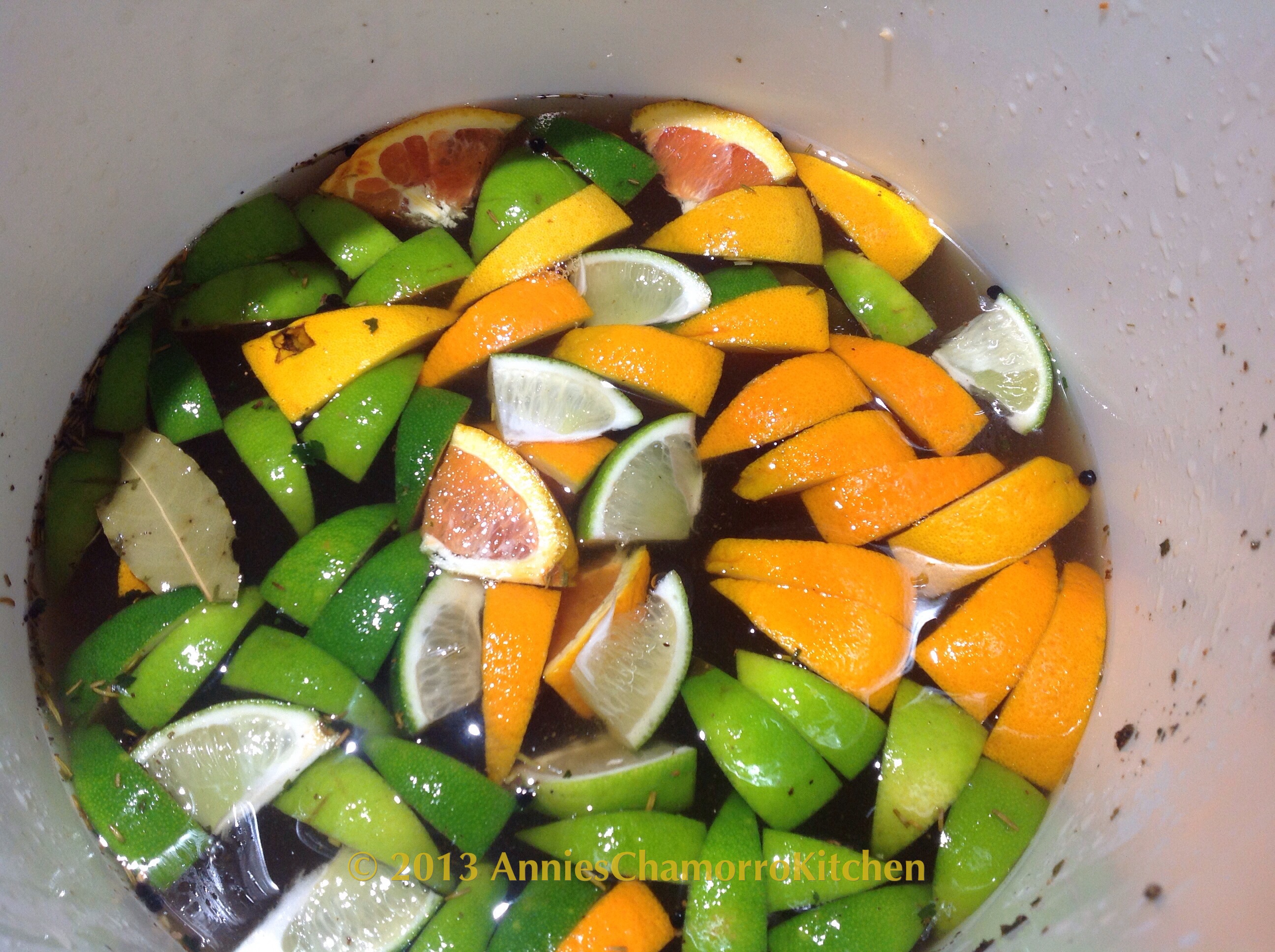
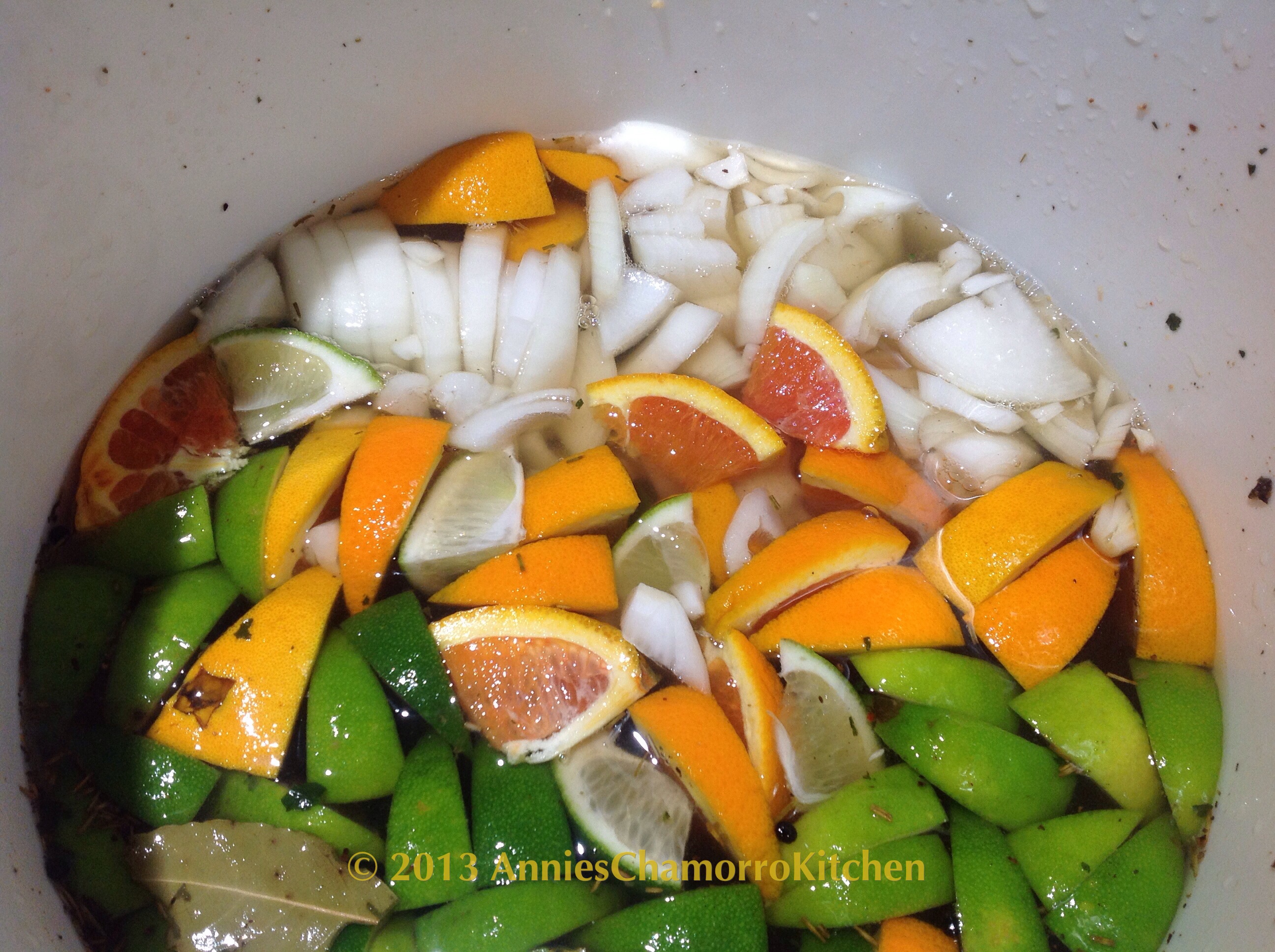
Remove the giblets and neck from the cavity of the turkey. Rinse well then add the turkey to the cooled brine. I don’t think there’s a “wrong way” to place the turkey into the bucket, but I like to place it with the legs pointing up so that most of the turkey meat is submerged in the brine. Of course, you could just add more water to the bucket until the bird is completely drowned. 😉
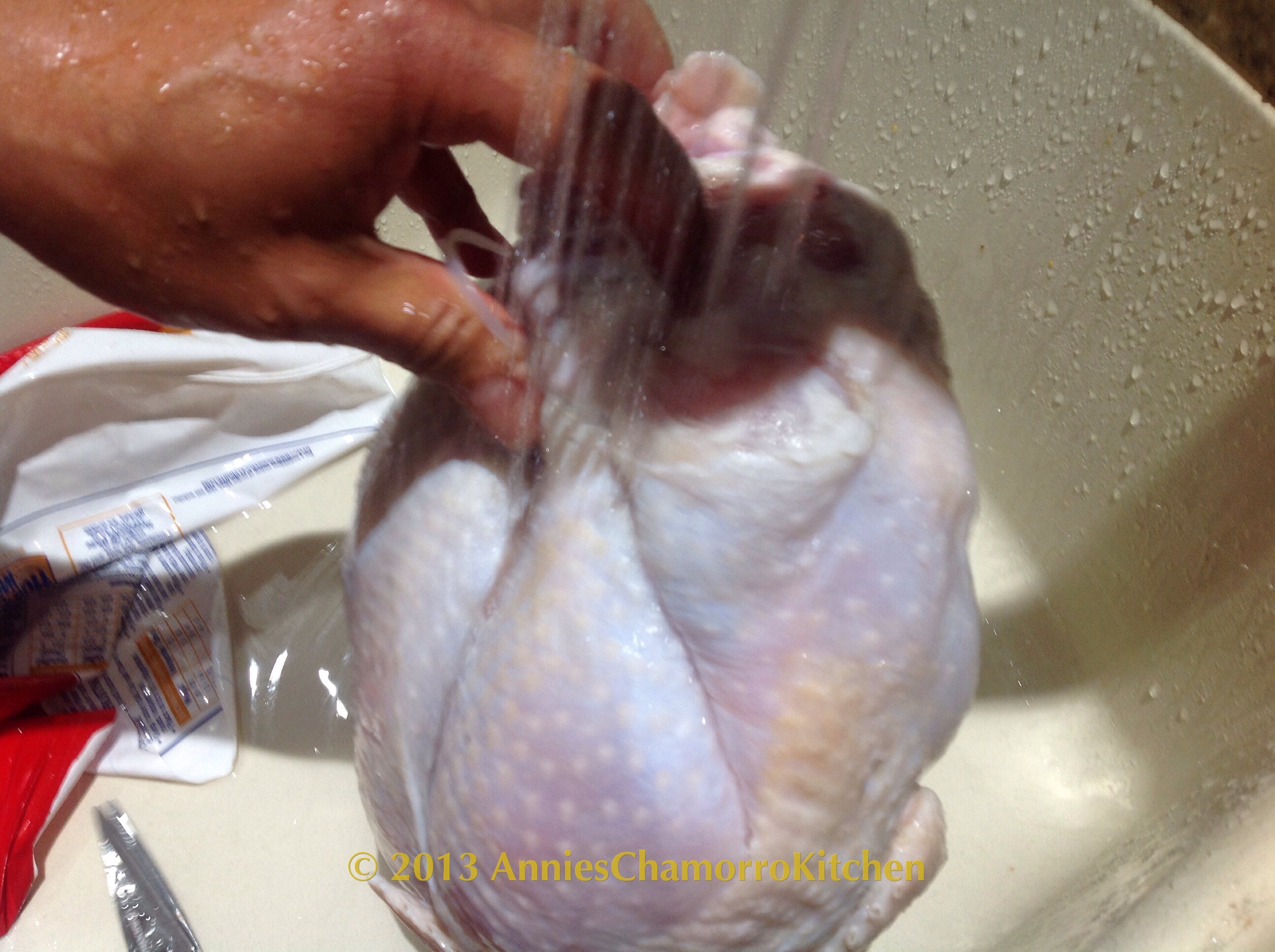
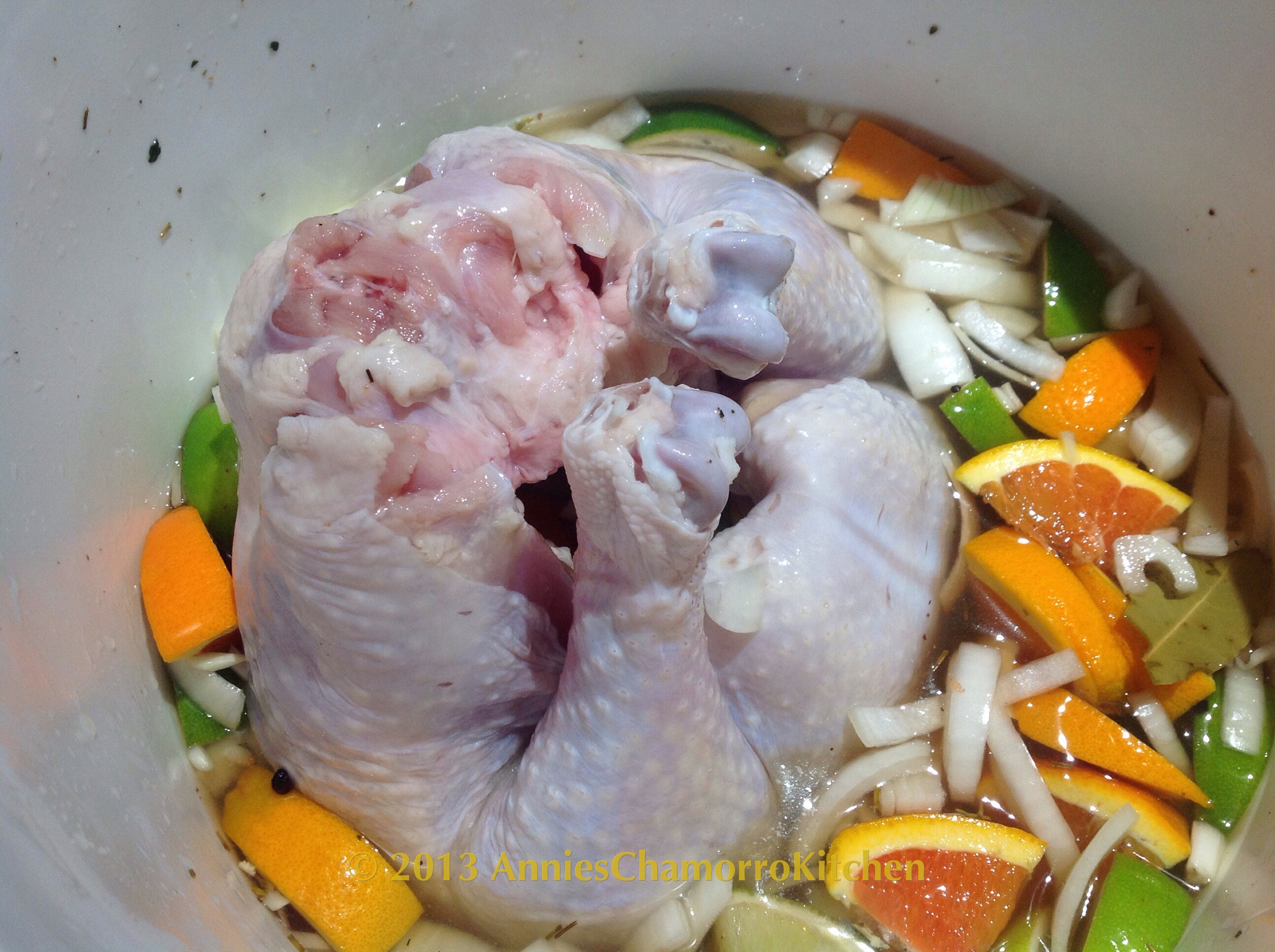
Pour in the two gallons of ice cubes — about 2 pitcherfuls.
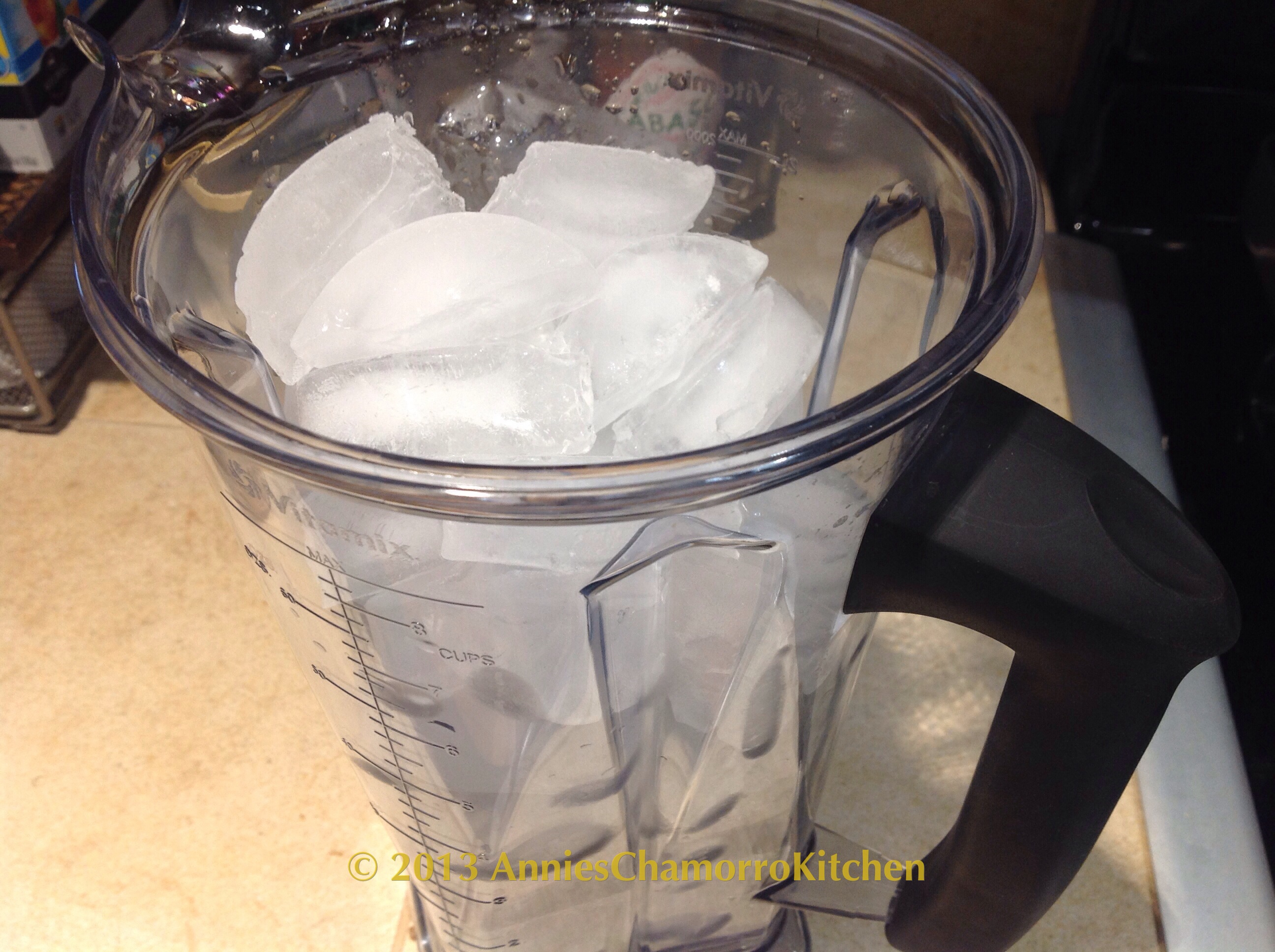
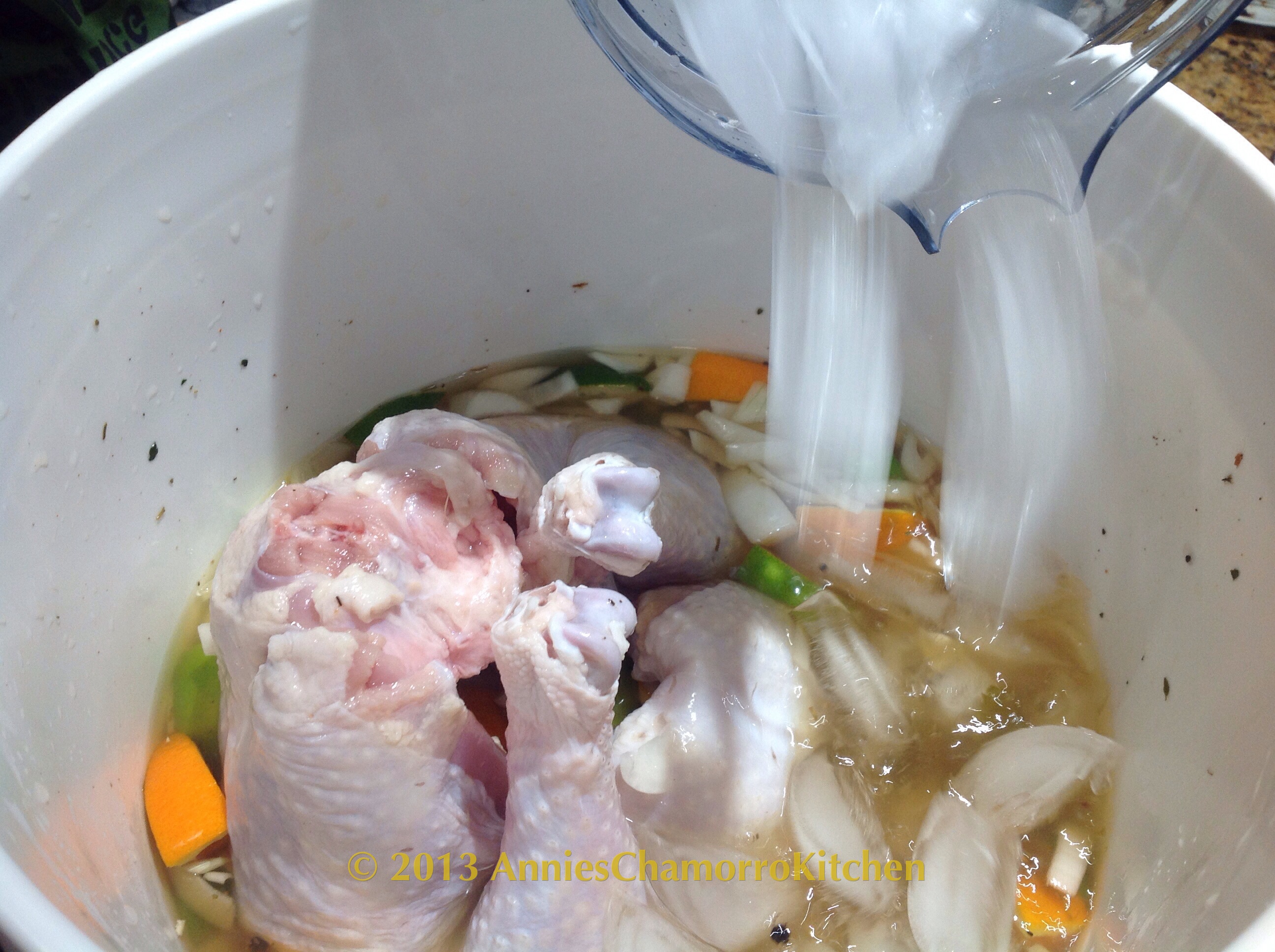
Place the lid on the bucket (if yours doesn’t come with a lid, use aluminum foil to cover it) then place the bucket in the refrigerator. Let the turkey soak in the brine for at least 24 hours.
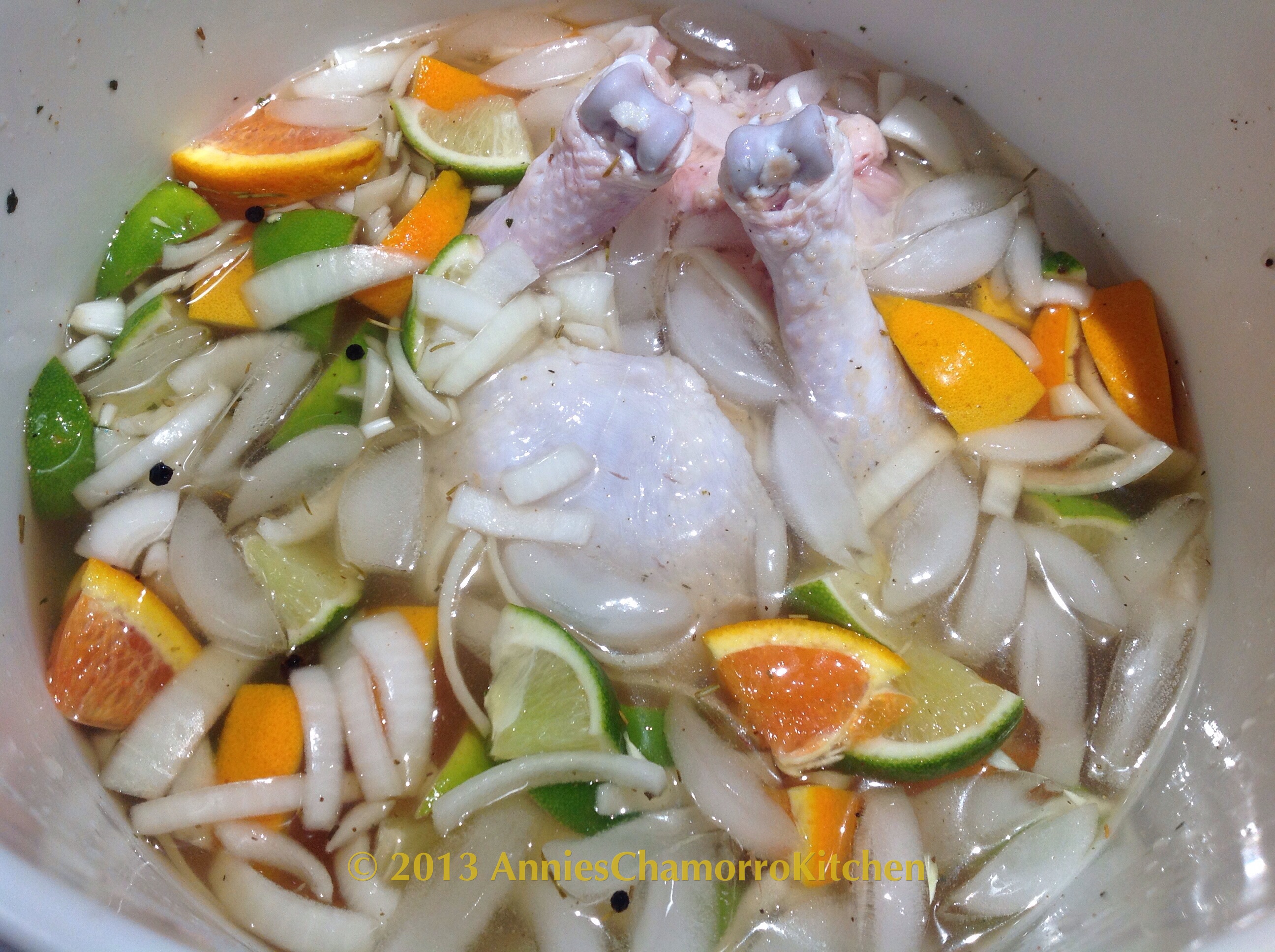
2. Smoke/Grill the turkey.
After 24 hours, remove the turkey from the brine. Chop up 2 apples and 1 onion, and peel the skin/paper off each clove in an entire head of garlic.
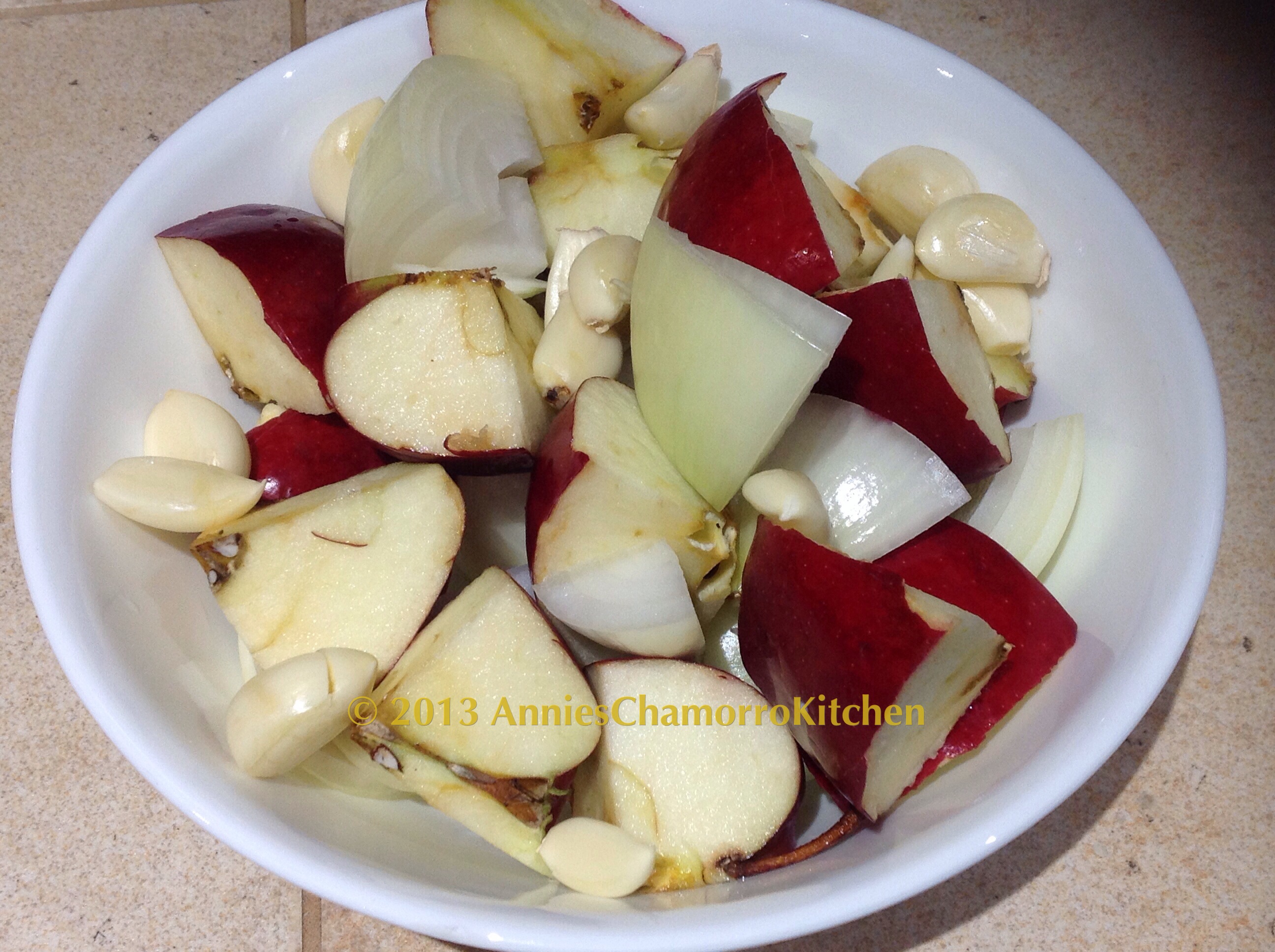
Stuff the apple, onion and garlic mixture into the cavity of the turkey.
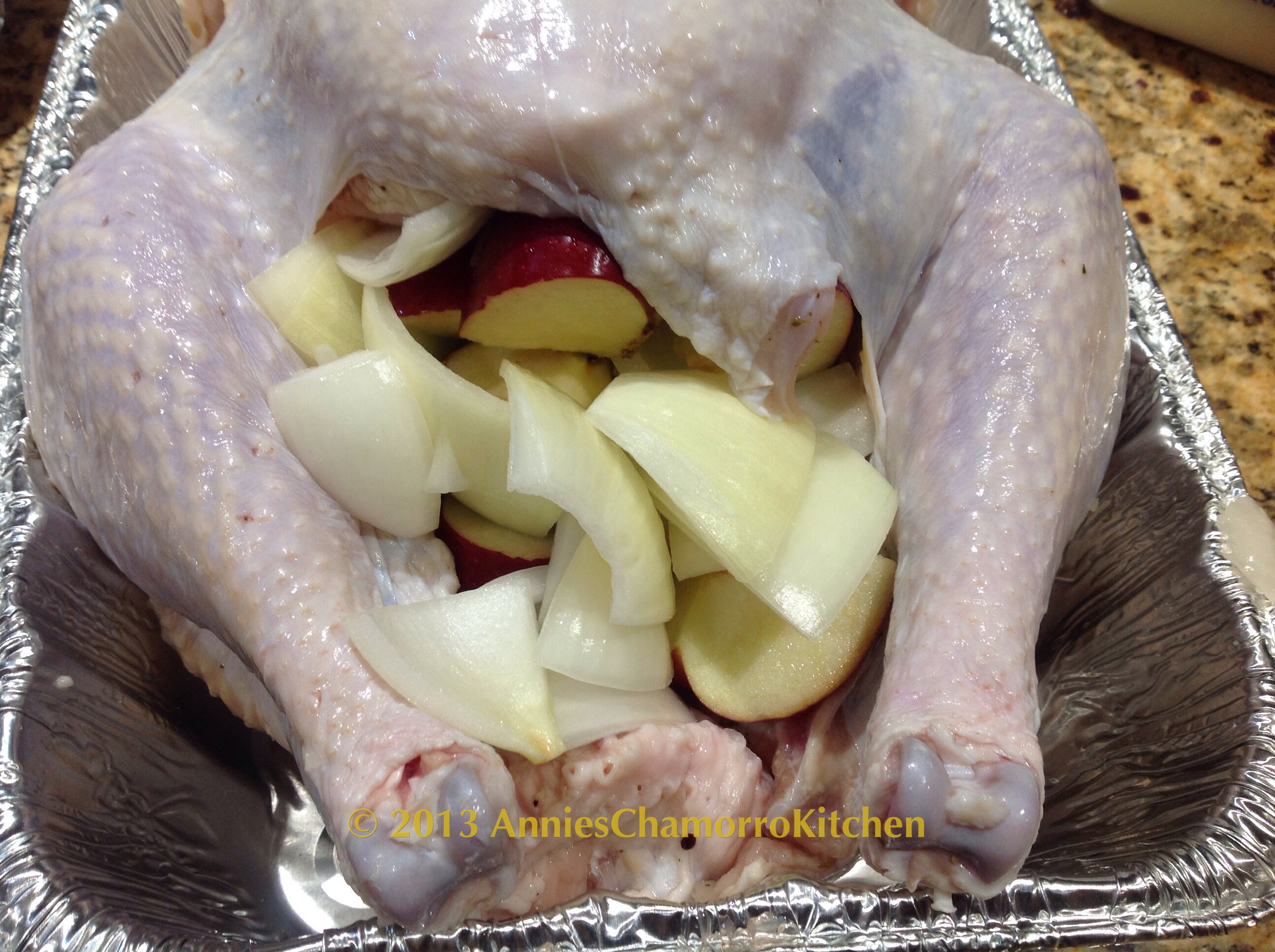
Place the turkey in the smoker/grill. Follow the smoking/grilling directions for your smoker. I have a Traeger smoker/grill that has automatic temperature settings. Here are the procedures for using a grill (like a Traeger) that has automatic temperature settings.
After turning on the grill, set it to 450 degrees; let the heat build up for about 15 minutes. Turn the heat back down to the Smoke setting then place the turkey on the grill, smoking it for approximately 9 hours.
NOTE: If you want to cut down the cooking time, do NOT stuff the turkey until about one hour from being done. An un-stuffed turkey cooks faster than a cooked one. If you decide NOT to stuff the turkey, smoke it for 6 hours instead of 9.
This is what the turkey looked like after 3 hours of smoking.
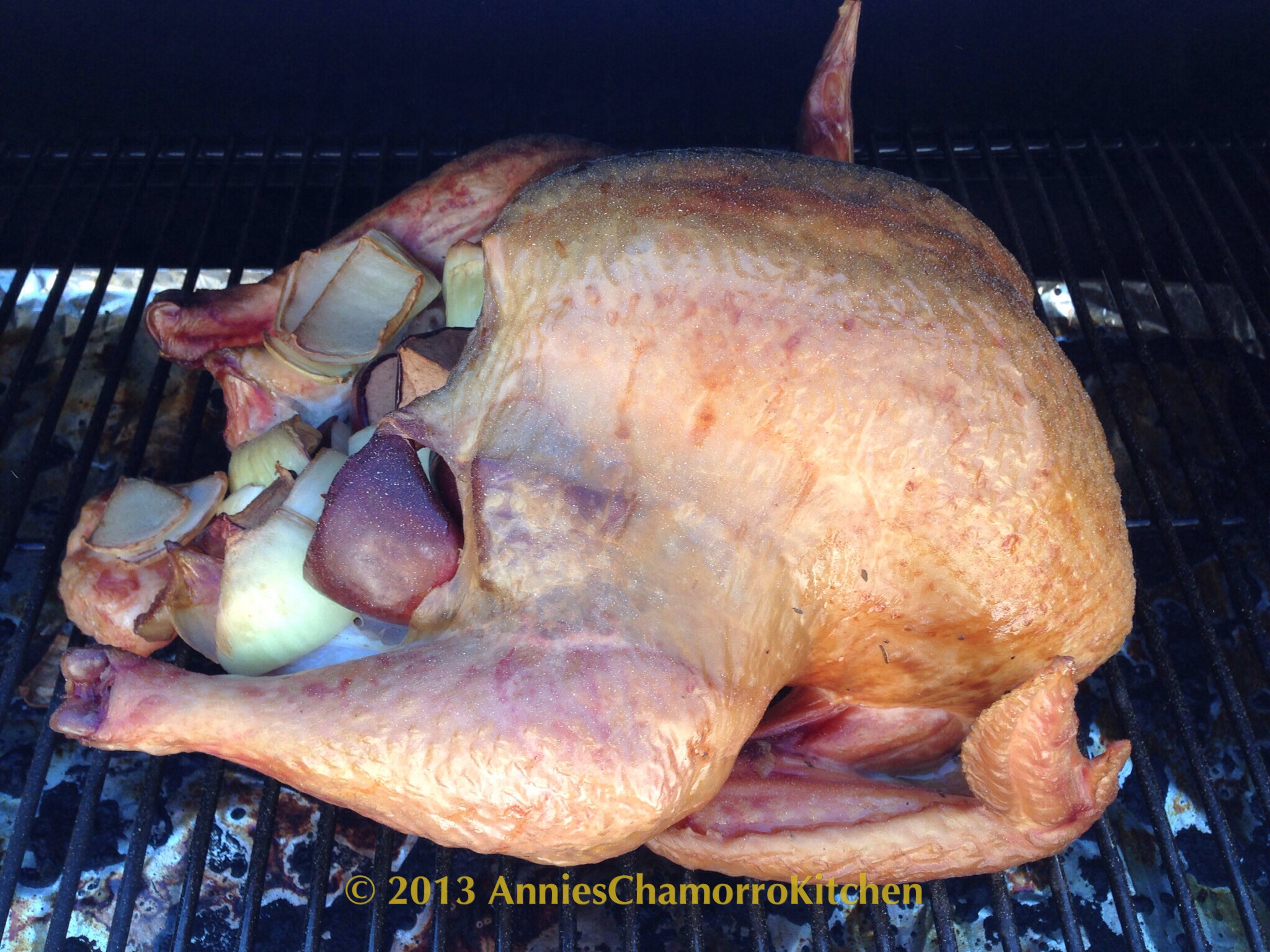
After 8 hours of smoking, turn the heat up to 275 degrees and grill the turkey for one more hour or until the skin turns a nice dark brown color.

If you don’t own a smoker/grill, bake the turkey at 325 degrees using the chart below as a basic guide.
| TURKEY ROASTING TIMES |
| Stuffed Turkey |
| Turkey Weight (Pounds) | Cooking Time (Hours) |
| 6 - 8 | 3 - 3 1/2 |
| 8 - 12 | 3 1/2 - 4 1/2 |
| 12 - 16 | 4 1/2 - 5 1/2 |
| 16 - 20 | 5 1/2 - 6 |
| 20 - 24 | 6 - 6 1/2 |
| Un-Stuffed Turkey |
| Turkey Weight (Pounds) | Cooking Time (Hours) |
| 6 - 8 | 2 1/2 - 3 |
| 8 - 12 | 3 - 4 |
| 12 - 16 | 4 - 5 |
| 16 - 20 | 5 - 5 1/2 |
| 20 - 24 | 5 1/2 - 6 |
Serve with your favorite side dishes. I recommend Chamorro Red Rice, Chamorro Stuffing (Riyenu) and Fina’denne’.
ENJOY!
